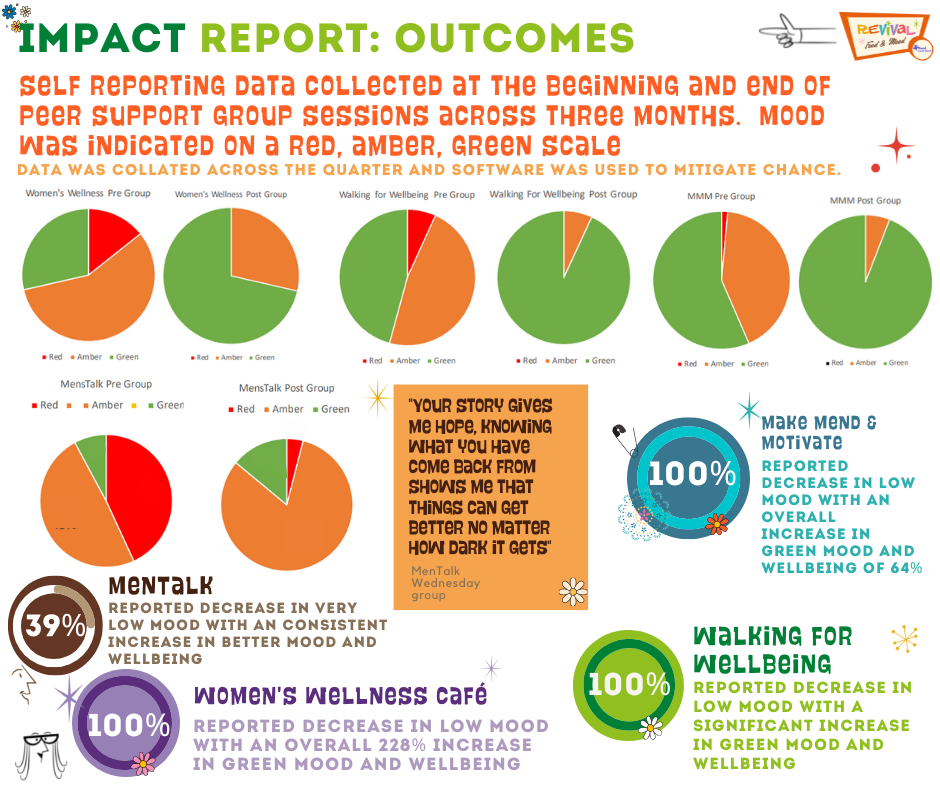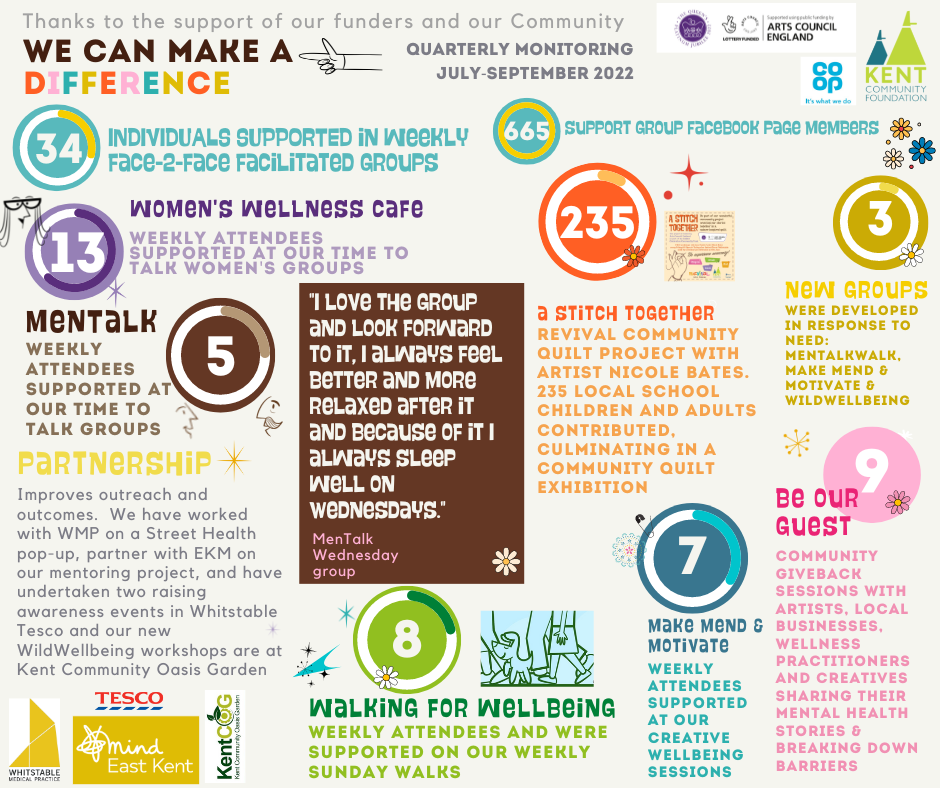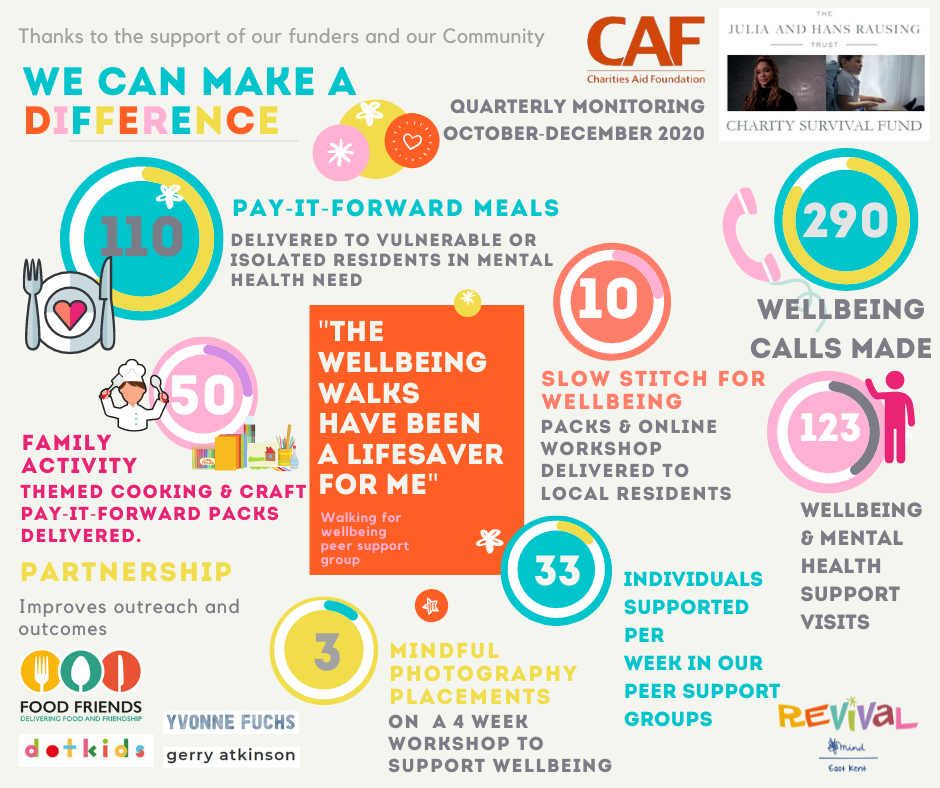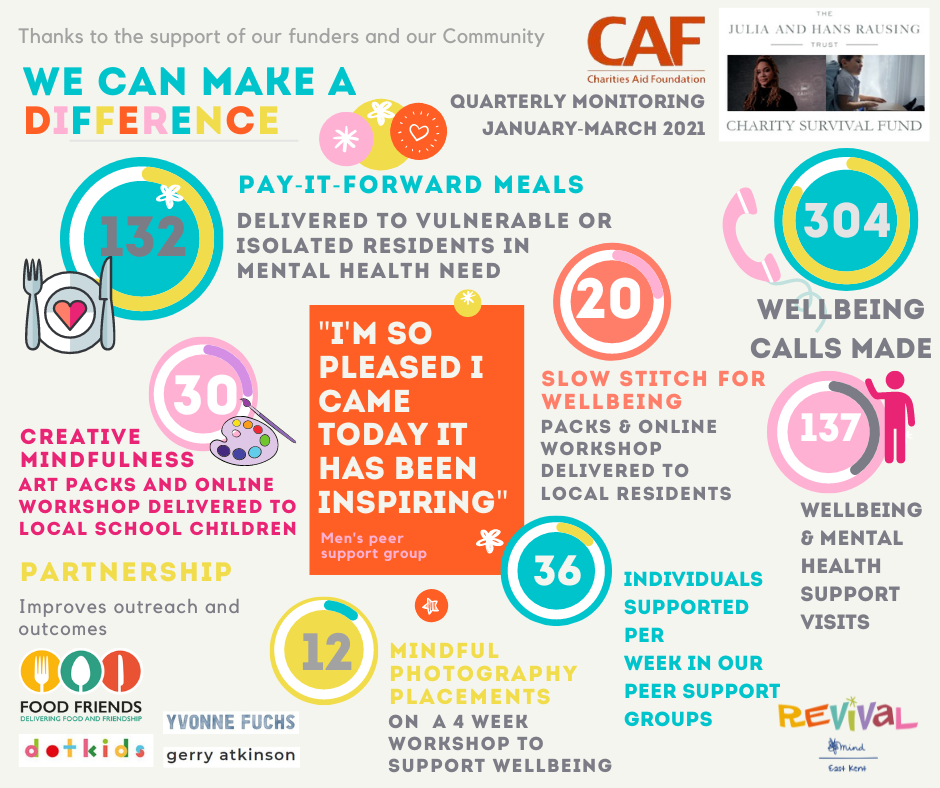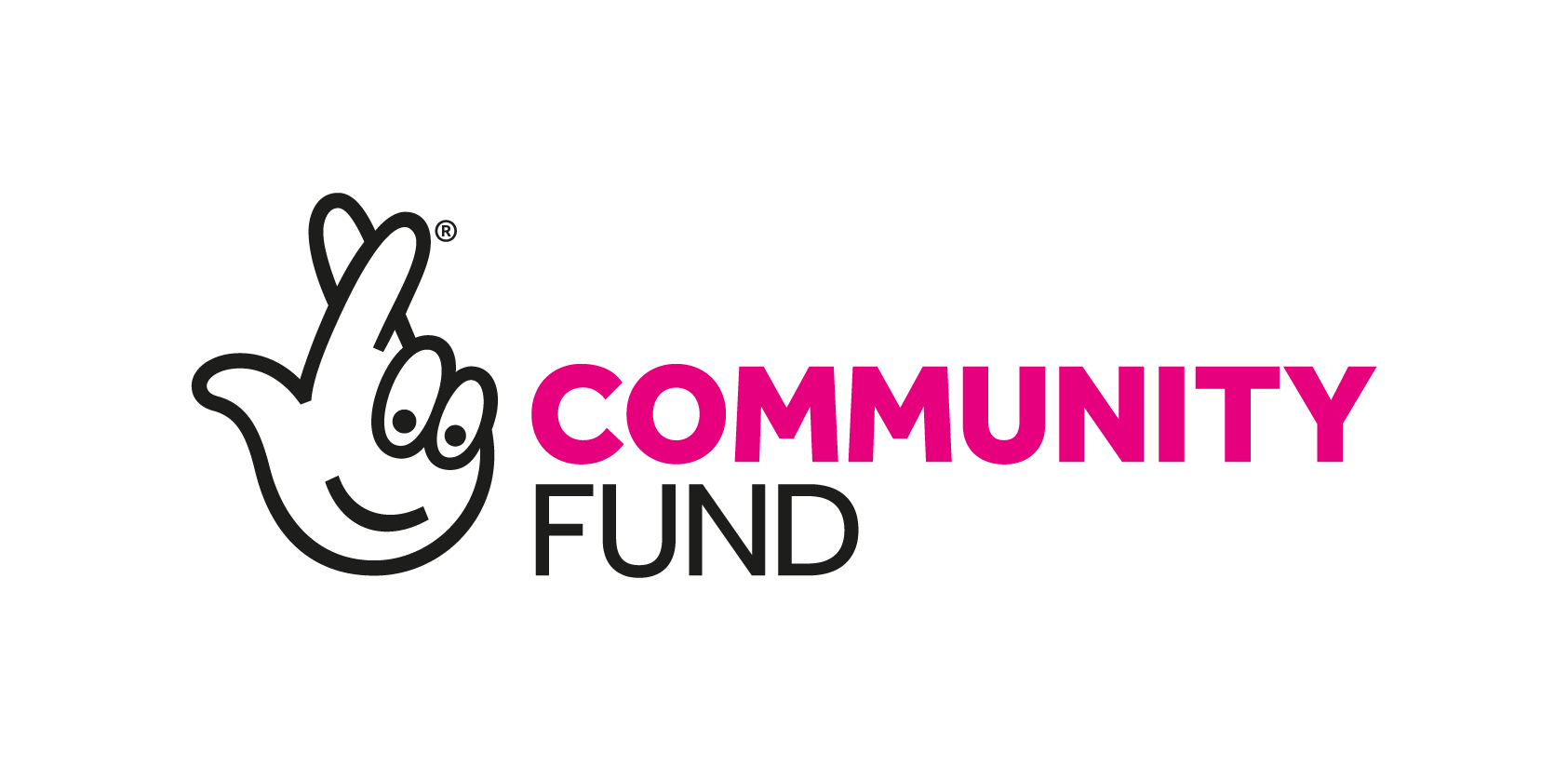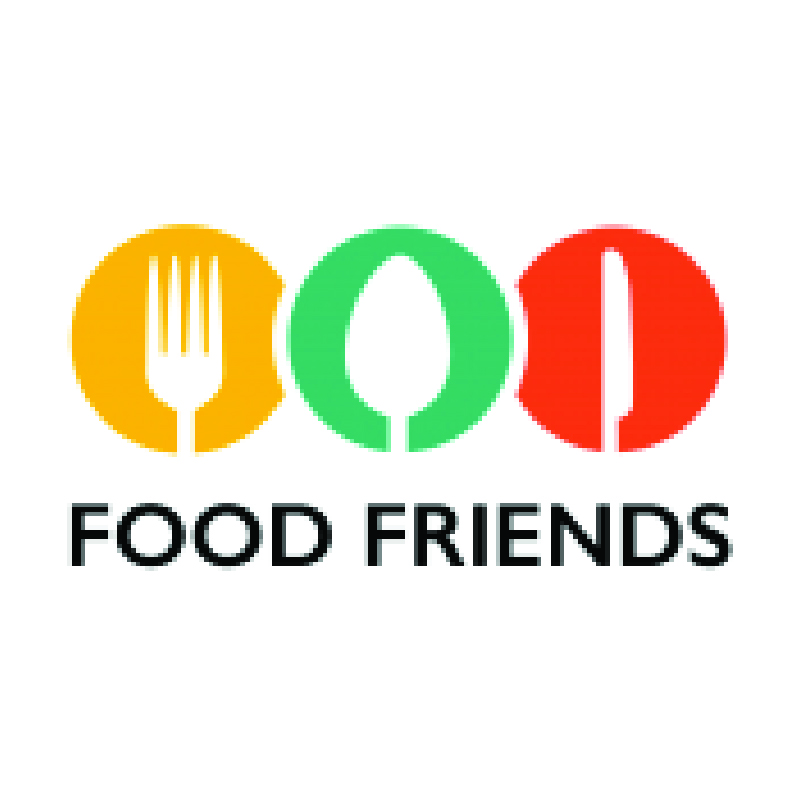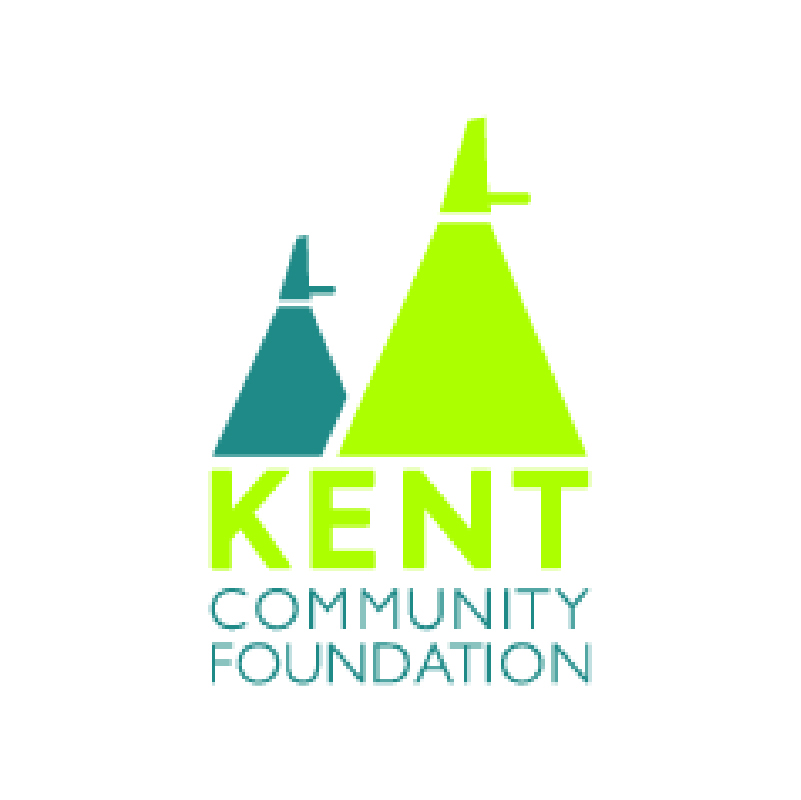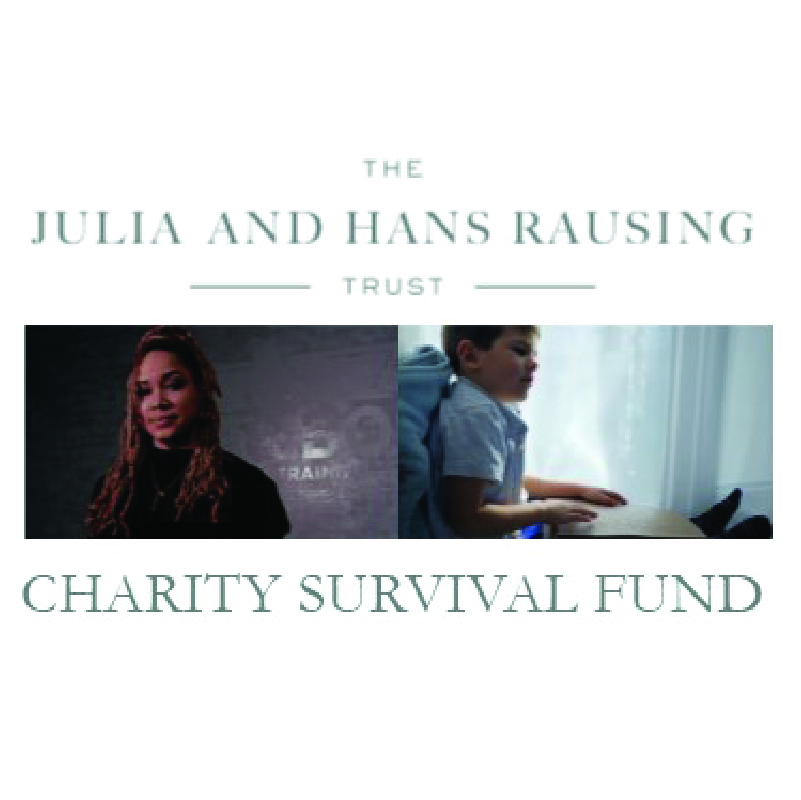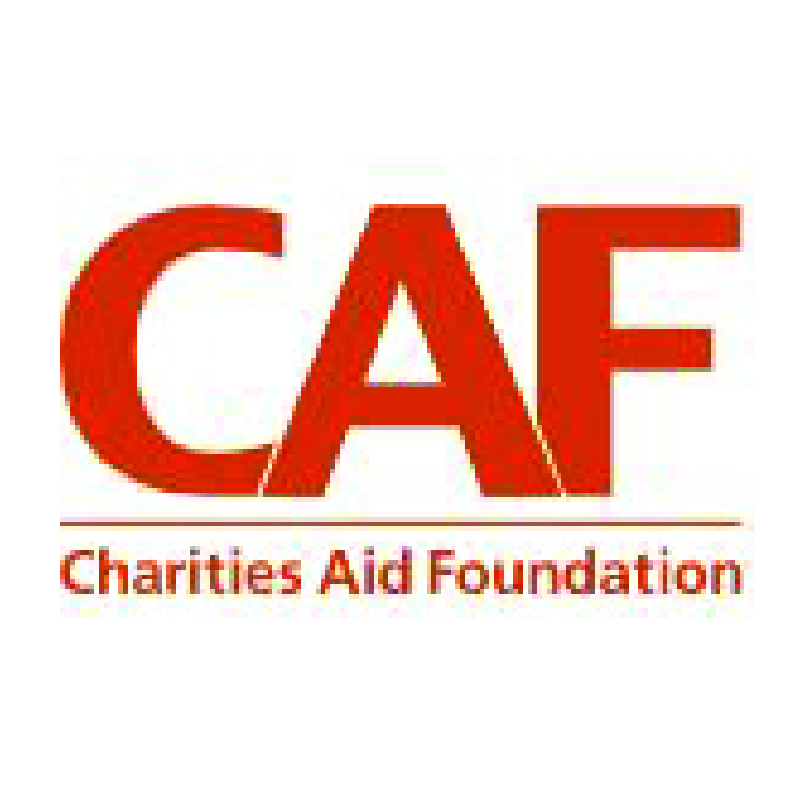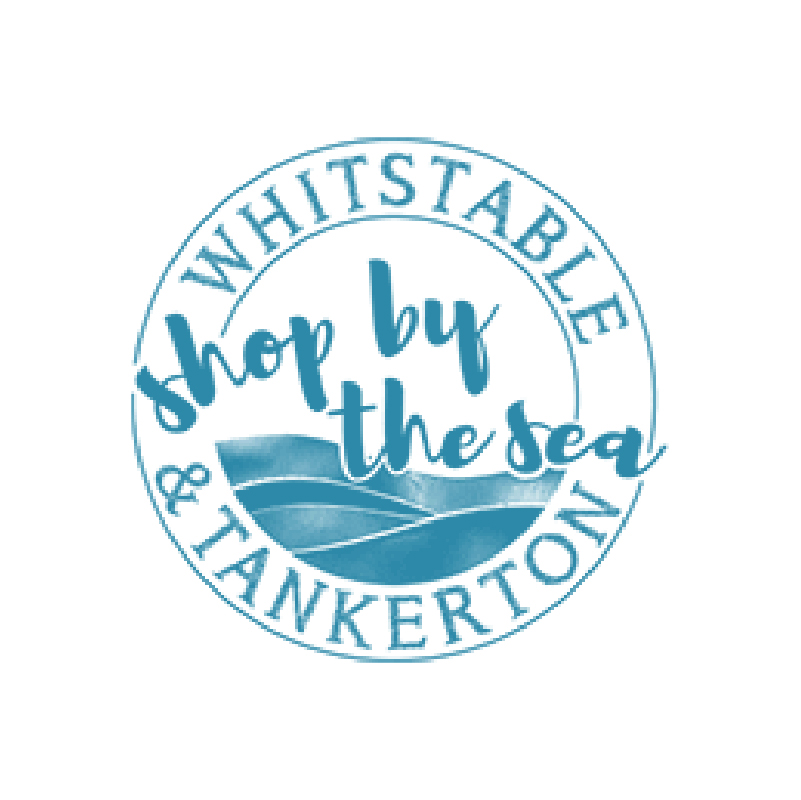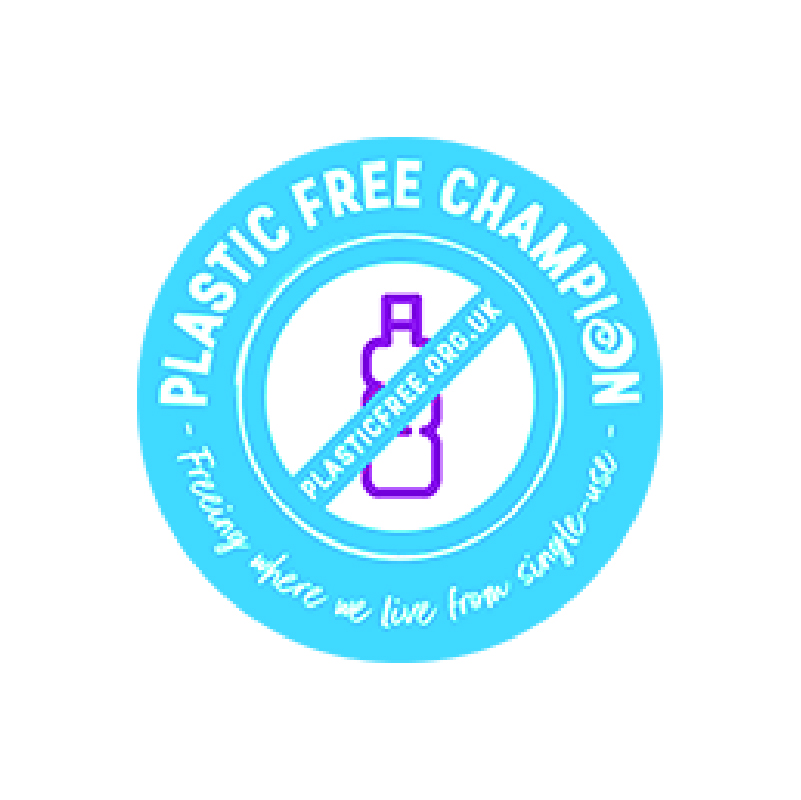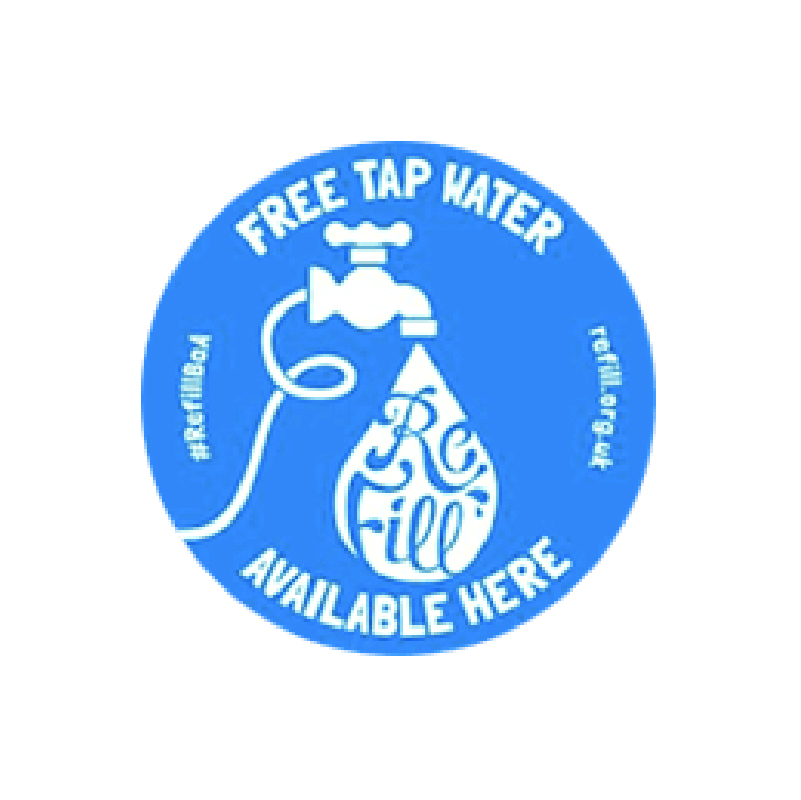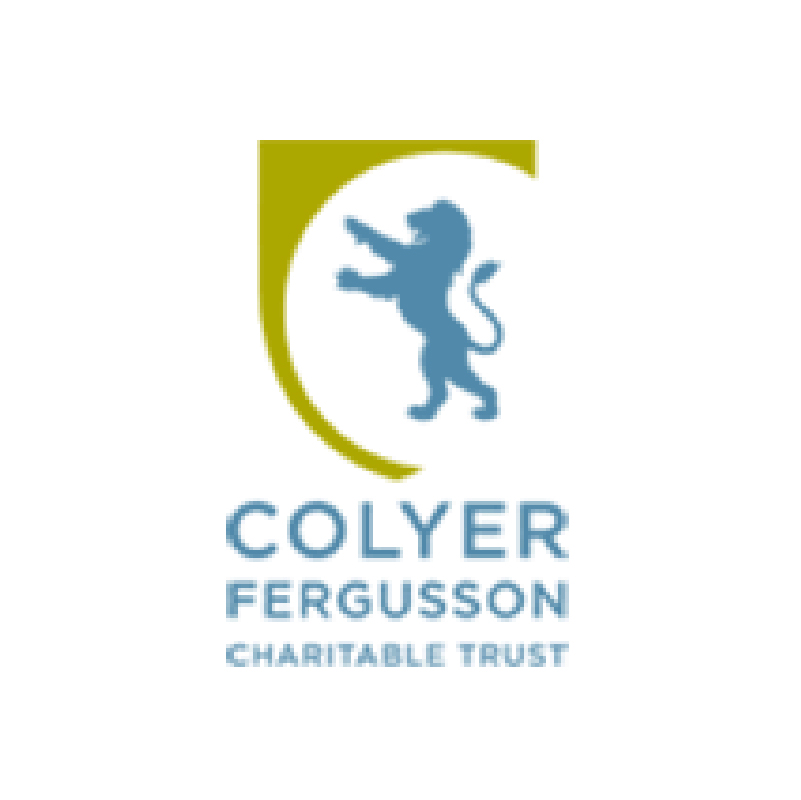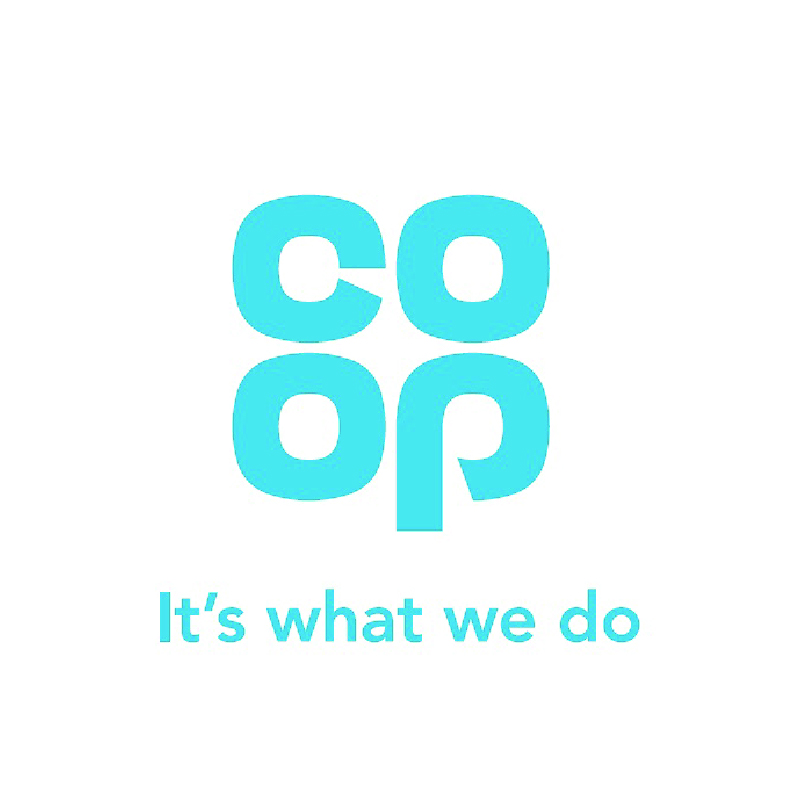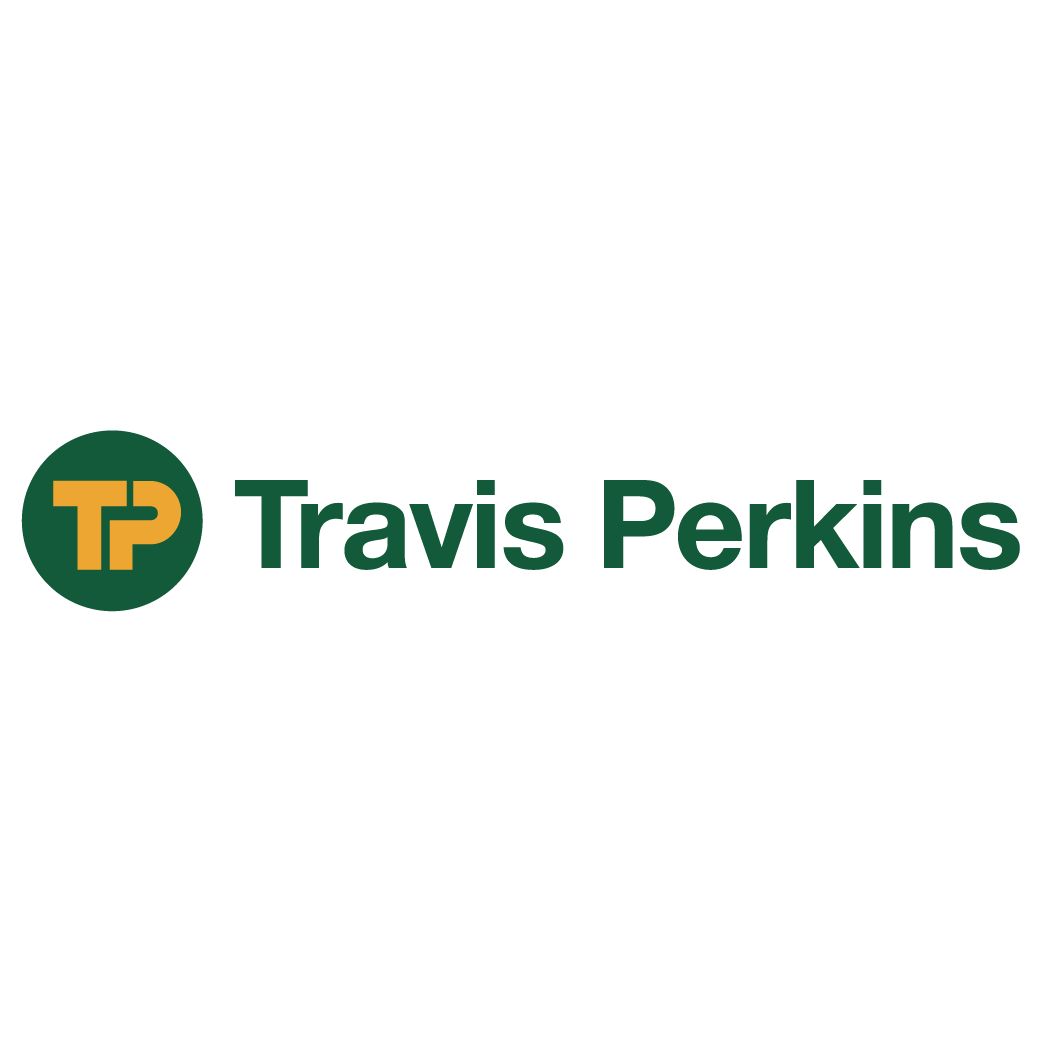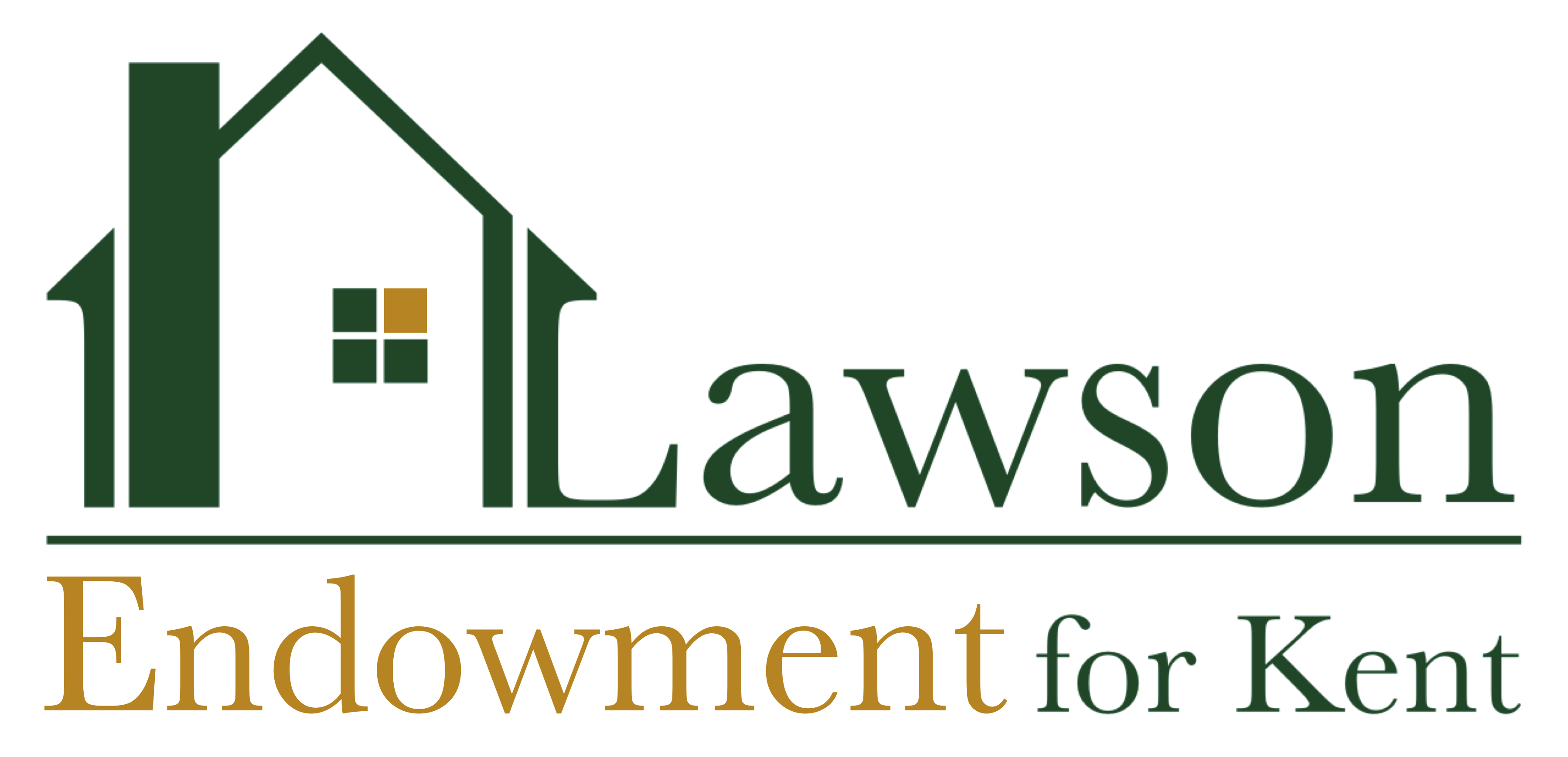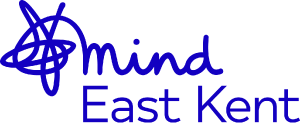Our Impact & Project Evaluations
It is essential to us that we listen and are responsive to the needs of our community actively listening via regular consultations, surveys, feedback and the monitoring and evaluation of our projects.
In addition to our permanent projects we undertake specific targeted projects in response to feedback, consultation and need. We are really proud of these projects and their significant and lasting impact, you can read about some of our most recent projects here:
Ways to Wellbeing: Project and Exhibition
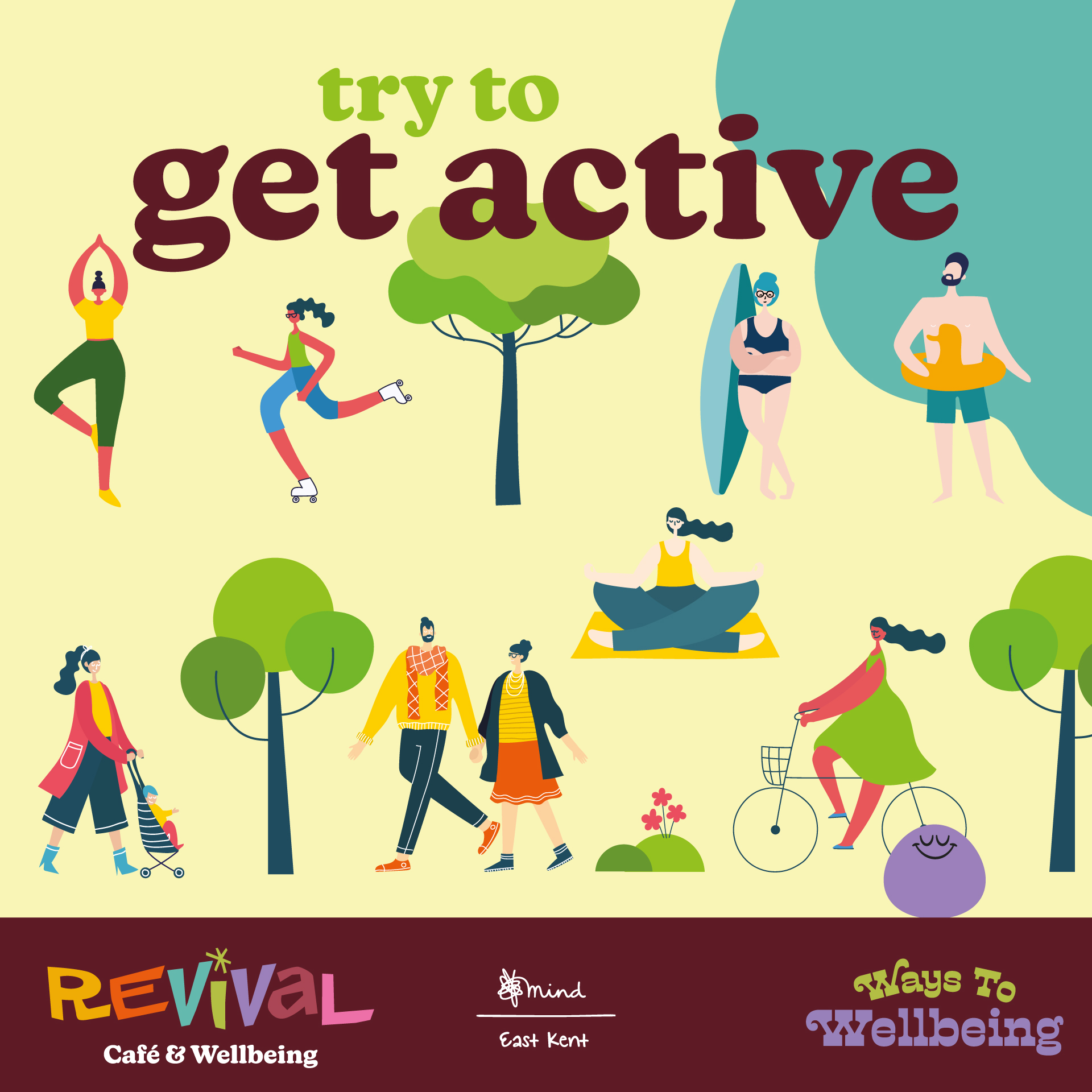
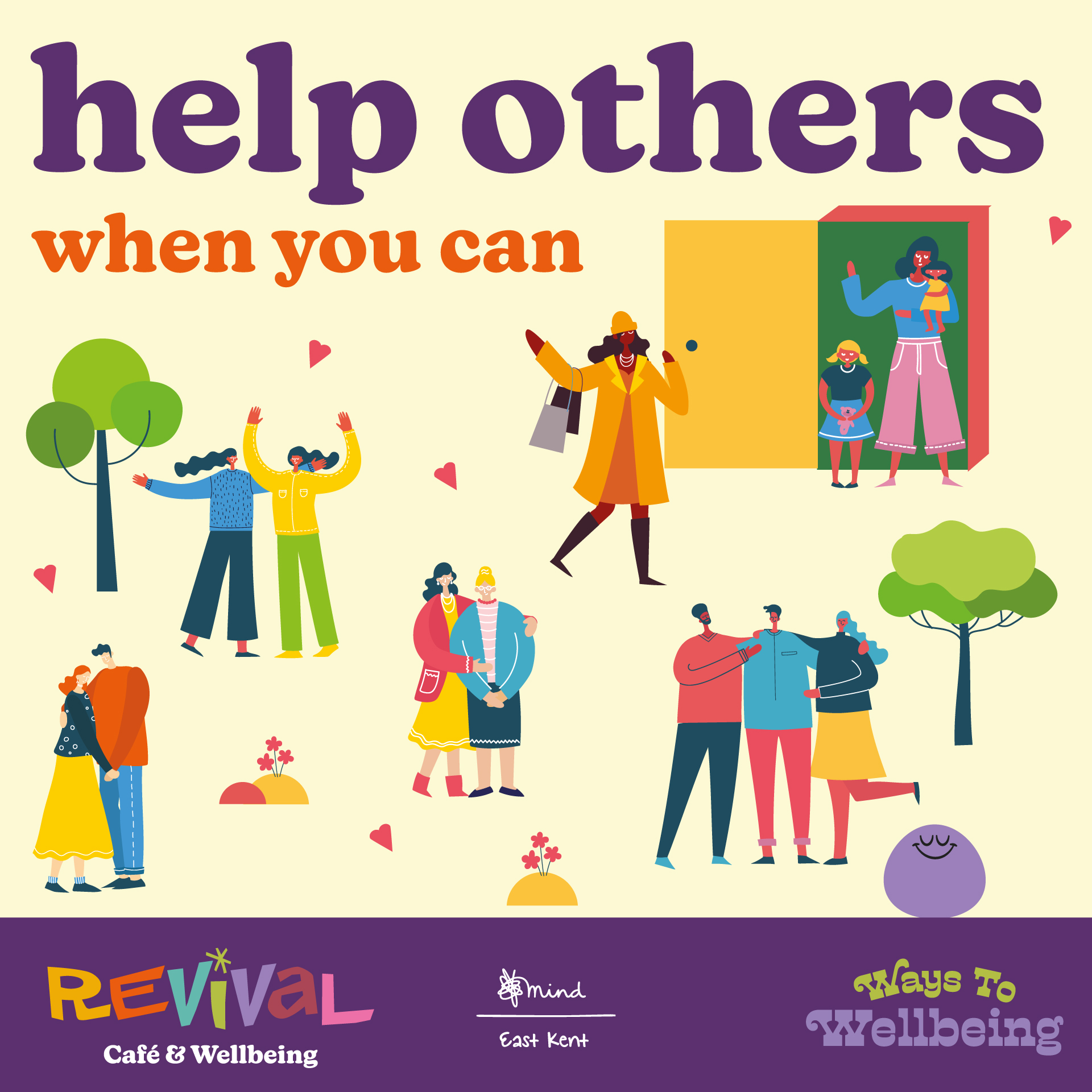
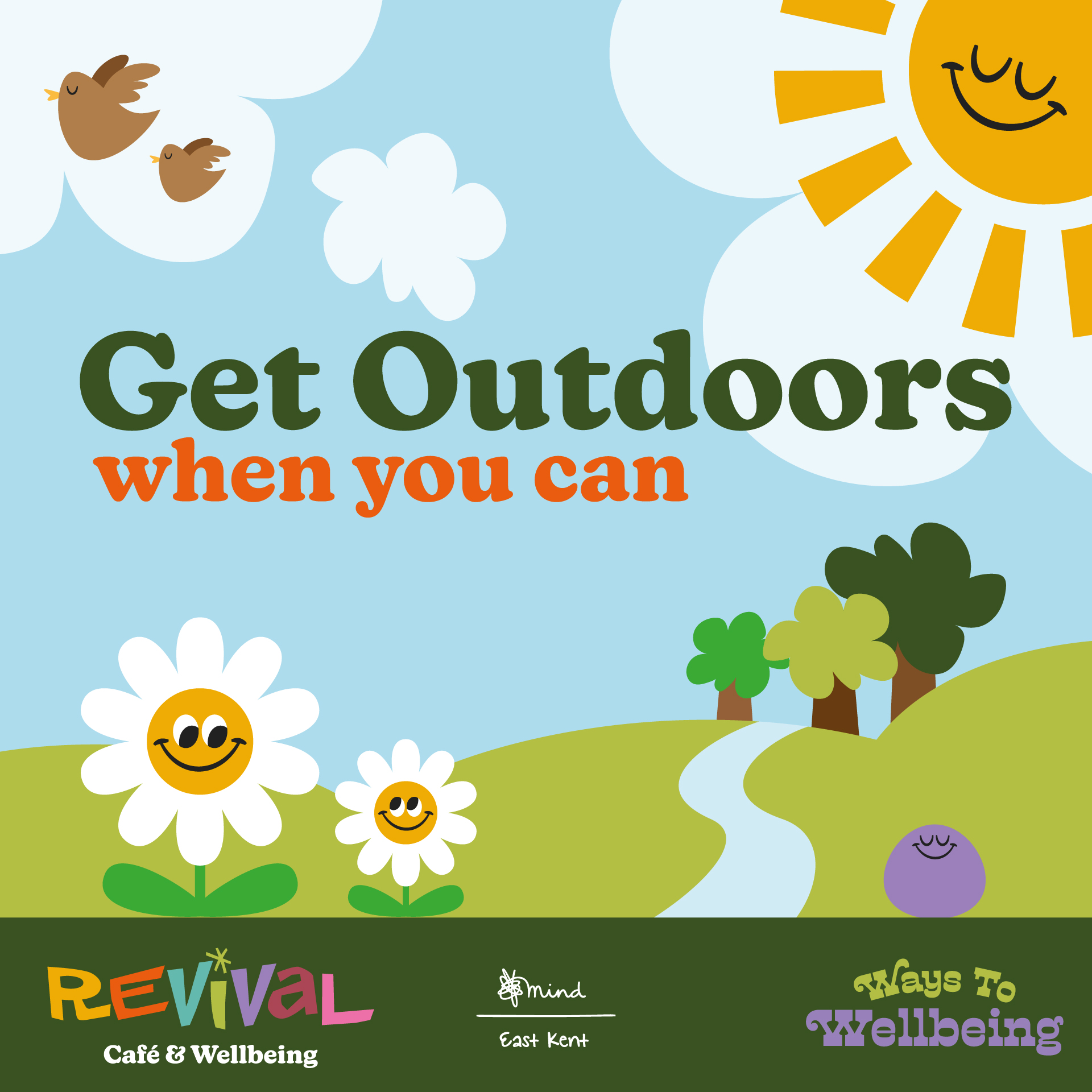
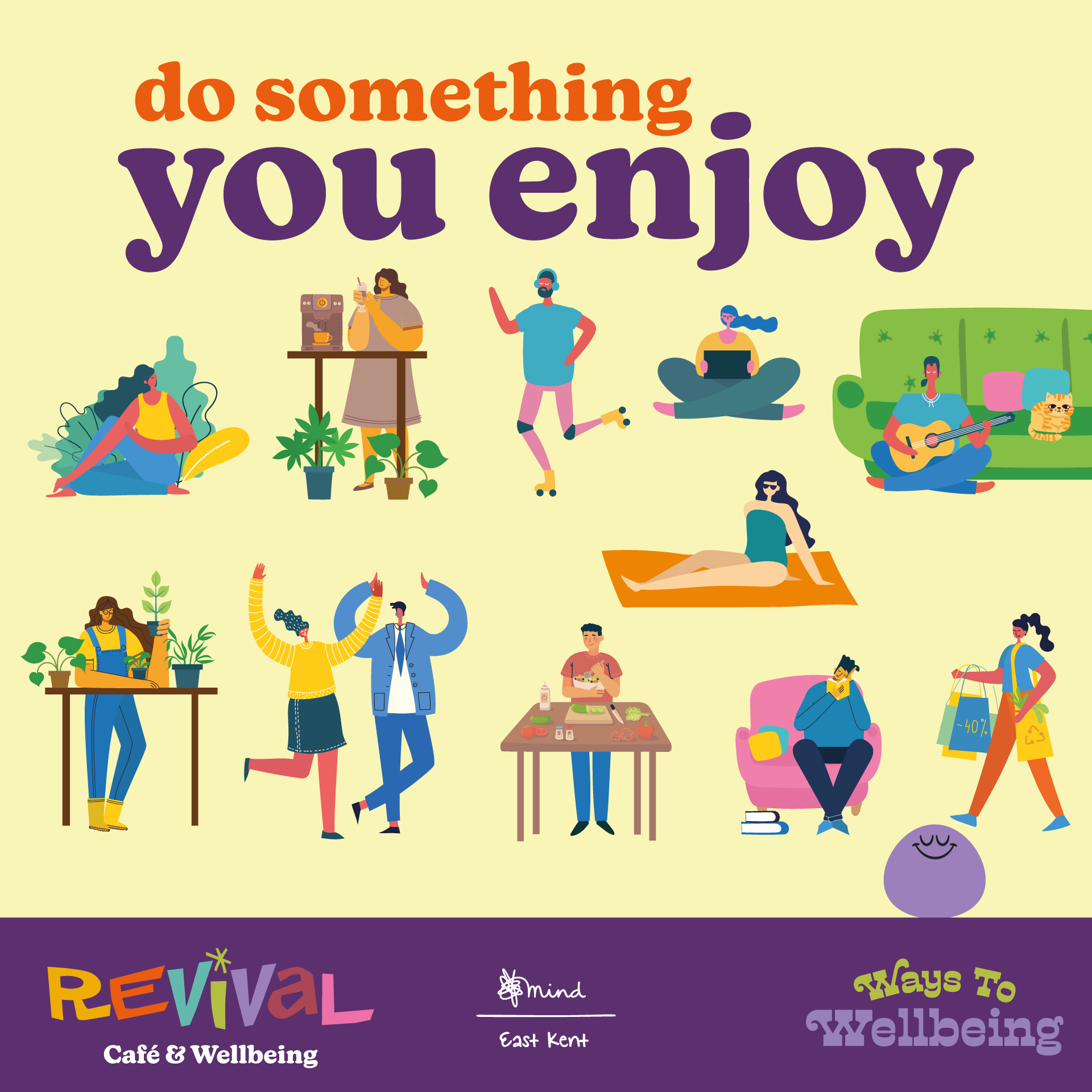
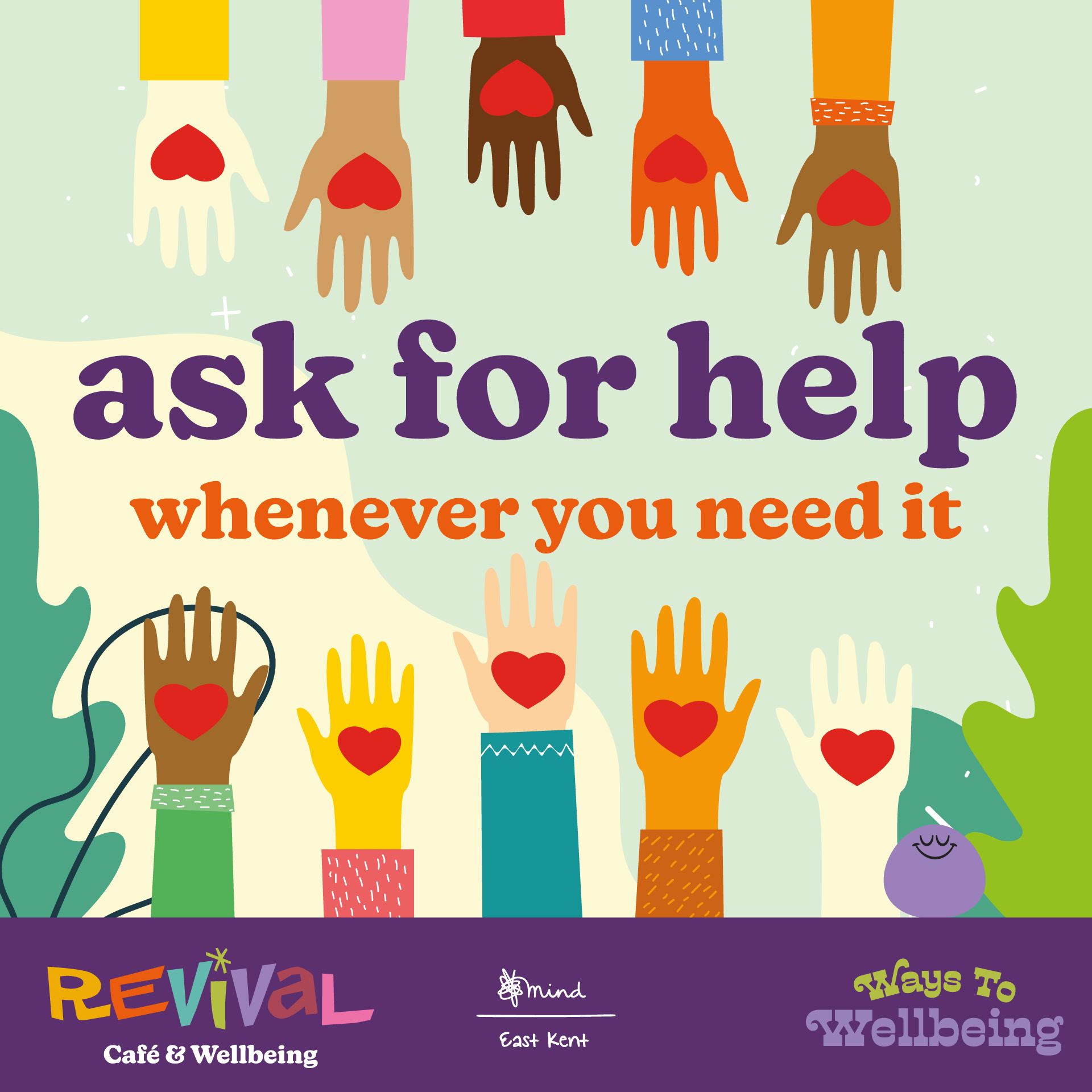
One of our most successful initiatives was our Ways to Wellbeing project to support the local community in response to the COVID19 pandemic.
It was becoming more and more evident from the interactions with customers and our service users that the community was fatigued, motivation was low and wellbeing was suffering from increased anxiety, fear and loss.
Revival responded with its positive Ways to Wellbeing campaign whereby the community shared and celebrated all their different, unique and often similar ways that they looked after their wellbeing. This campaign was also a positive endeavour for Revival staff and motivated them to support others within the community as well as thinking about and prioritising their own wellbeing.
In the campaign Revival provided opportunities for people to connect, support each other and try new ways to support their own wellbeing. These were shared and celebrated on Revival’s social media and other networks, and eventually in an exhibition in July 2021.
Revival connected with local groups and organisations who volunteered their time to allow local residents to try different activities, we also worked with trained mentors and mindful practitioners to develop mindfulness courses for local residents looking for new ways to support their wellbeing.
The project and exhibition was managed by Laura Precious and all the design and graphic work was create by Jon and Vicki Hughes of Hughes Design Co.
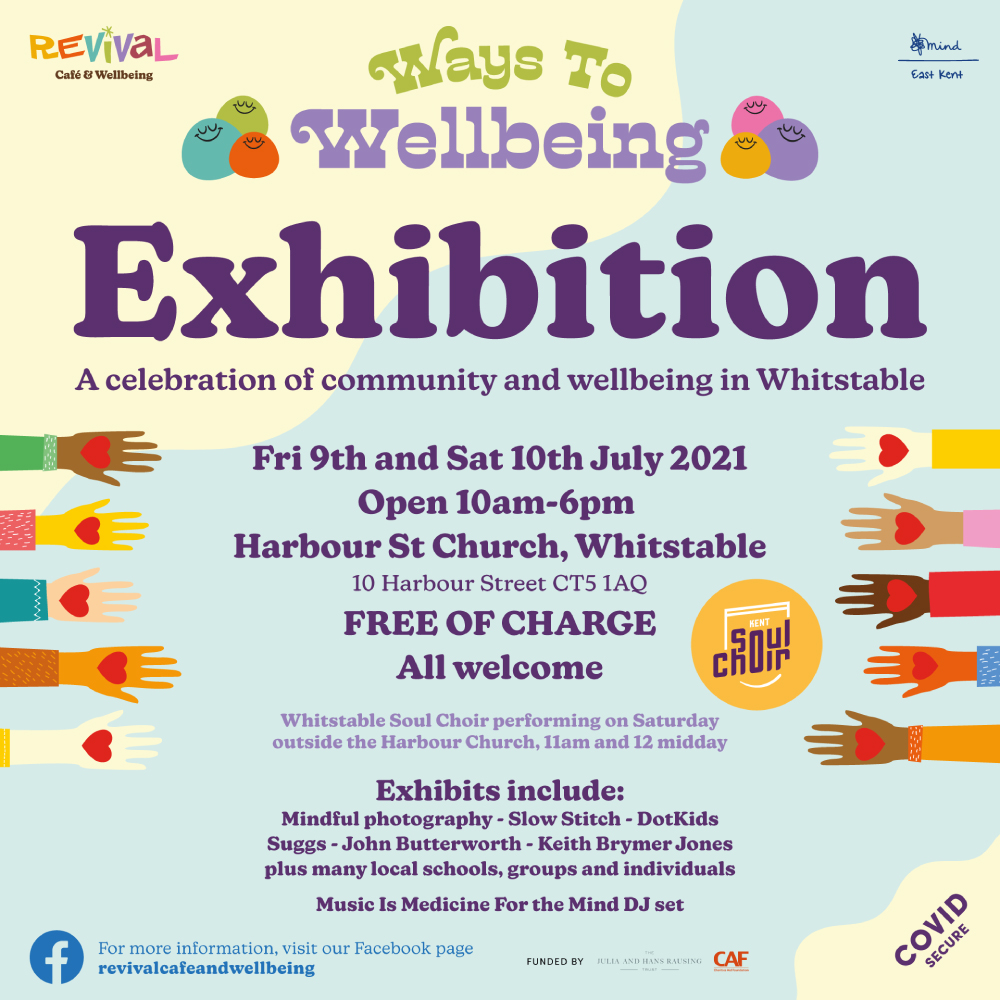
Creative Mindfulness
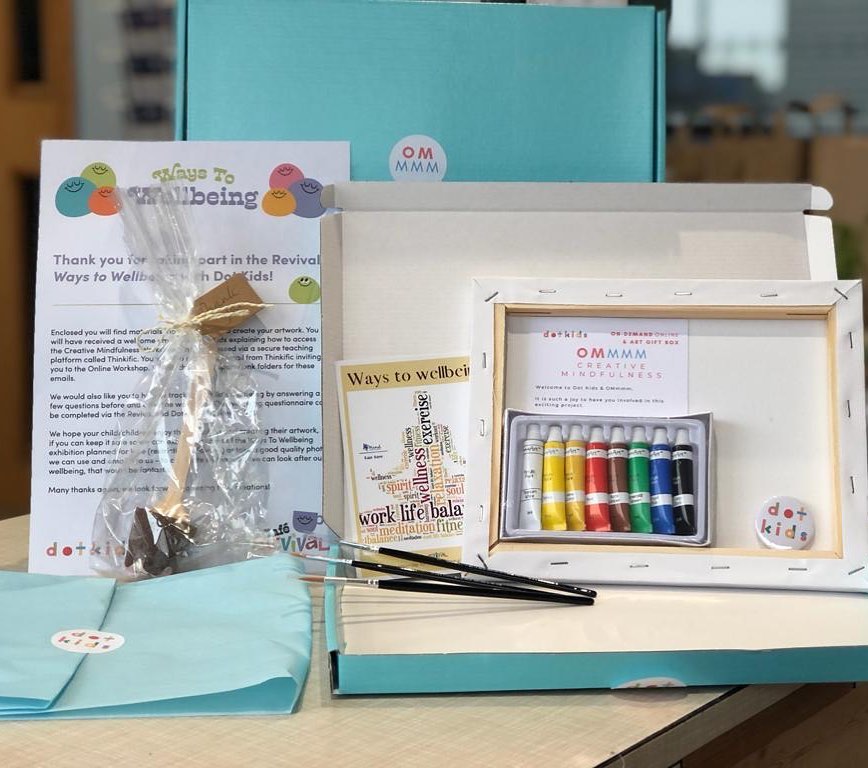
One of our mindful creativity workshops collaborated with a local artist and mindfulness practitioner, Julie Bevan from DotKids and mindful practitioner to develop an online course and curated art pack for 30 local children.
We then worked with the Wellbeing coordinator of a local school to identify 30 families that they were supporting who would hopefully engage with the project, we had 100% take-up.
The art packs were delivered to the families and access to the online workshop was provided for home use or for use in school for the digitally excluded. We had amazing feedback from the parents and children alike.
“Maddie loved taking part and creating her canvas, she said it was really relaxing not having to worry about what it looked like”
“I will use this method again, it really helped me feel positive about myself” “I loved having the paints, I’ve never used such nice paints before, they are for my special artwork”
“It was so exciting to get a box to my door, I felt very important, I don’t normally do art at home so it was good to try something, and I loved it”
Mindful Photography
Another creative mindful element of the Ways to Wellbeing project was mindful photography, 4 week workshops were provided for 15 local residents who worked with Revival staff and Gerry Atkinson, a fully qualified photographer, social worker and mentor to learn new skills that they can use every day to support their wellbeing.
The Revival course offered creative support and stimulation to help people deal with anxiety and build resilience in times of uncertainty and change. Connecting people with nature and the benefit of green spaces on improved mental health is well documented. Participants did not have to be photographers, they just needed their eyes, a smartphone or camera, a notebook and pen, and an open mind. The Feedback and impact on wellbeing has been very positive.
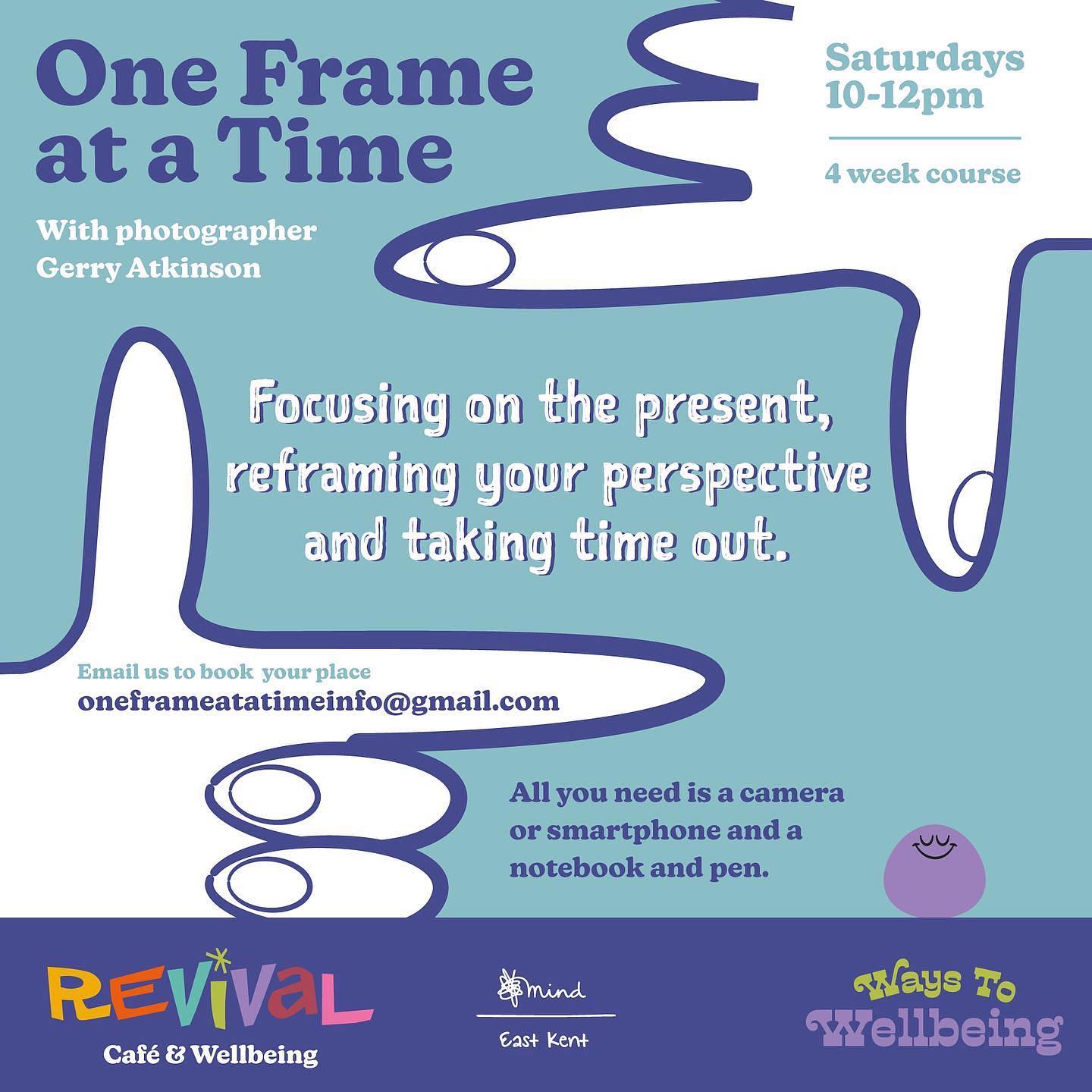
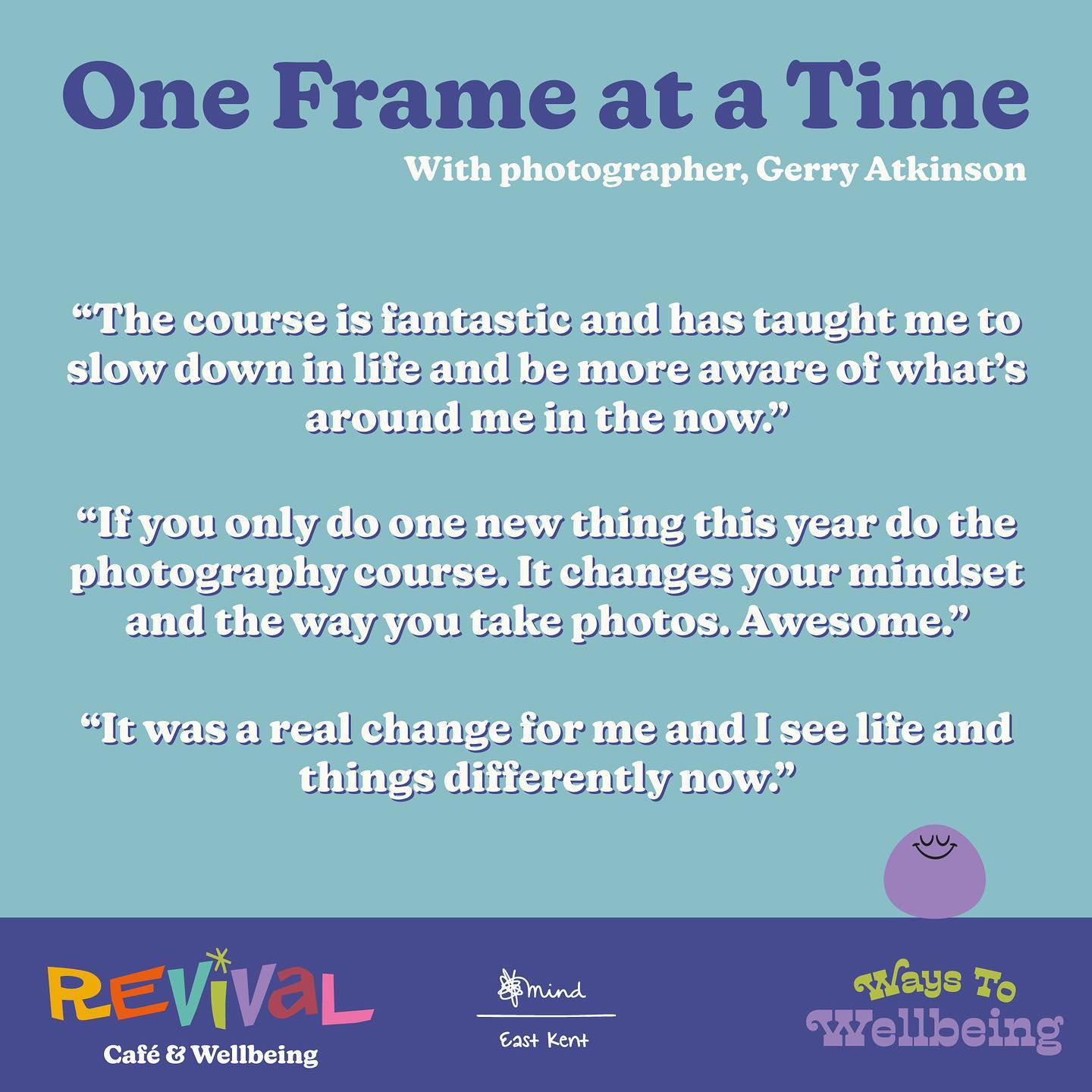
Slow Stitching
We undertook a mindful and contemplative stitching project where class and activity bags were developed with Slow Stitch Community to provide 30 local residents with patchwork and stitch starter packs and access to an online mindful stitch class to support their learning and mindfulness journey.
Participants engaged with the textile art in a creative and reflective way, allowing them to SLOW down in a hectic world and take pleasure in simple stitches and simple processes.
Three Little Words
A big part of the Ways to Wellbeing campaign was also our ‘Three Little Words’ project whereby we engaged with the entire community via social media, local press, advertising, working with local schools and other organisations to start a conversation about wellbeing asking people to think about the Three Little Words that explained how they supported their wellbeing.
We had a fantastic response with over 3000 words shared. These words were displayed at the exhibition in the form of a wellbeing tree with the leaves representing the children’s words, a full size graffiti art work by students at the Far Skate Academy, and a community artwork by local artist Ben Dickson who donated his time to create a piece that incorporated all of these wellbeing words into the shape of an Oyster.
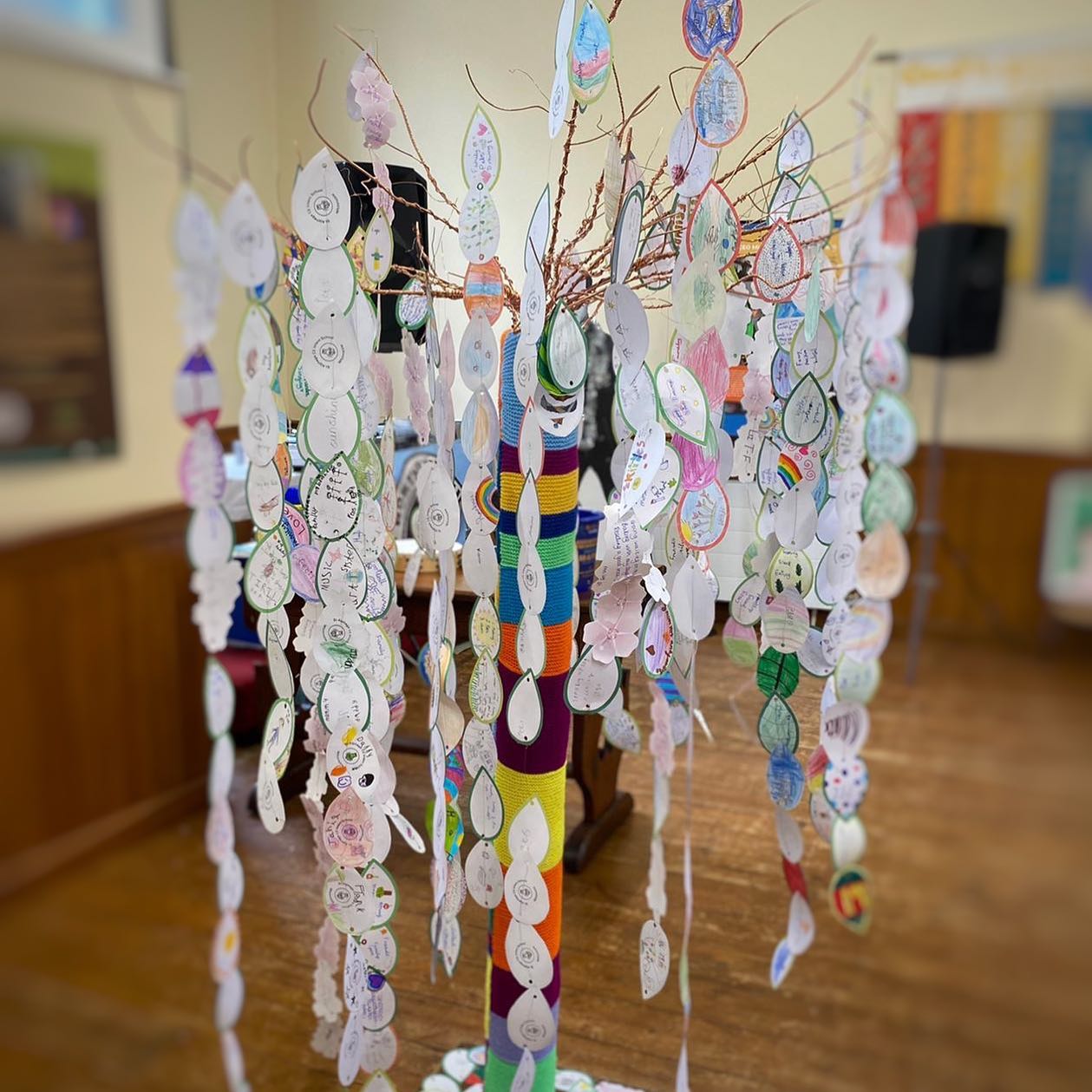
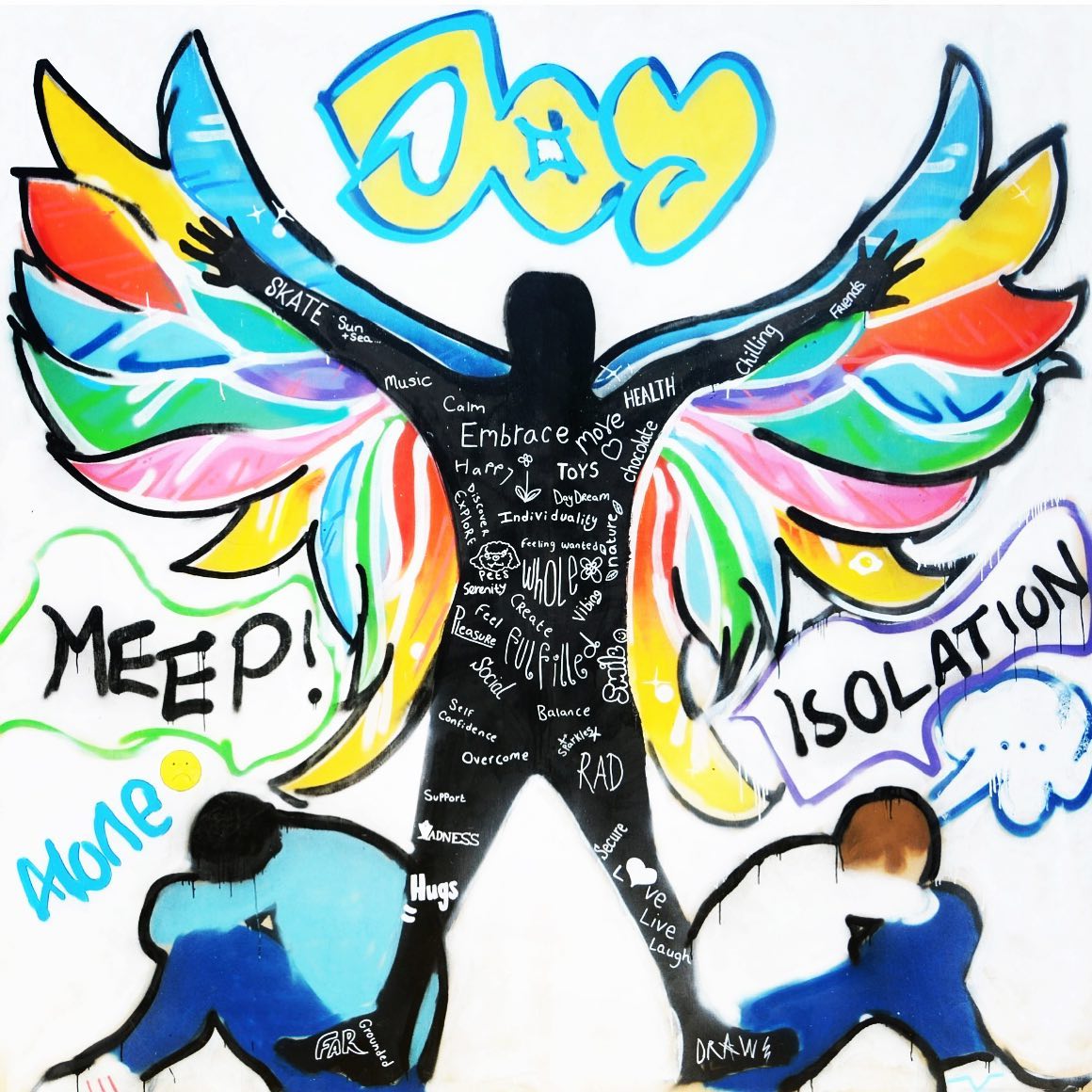
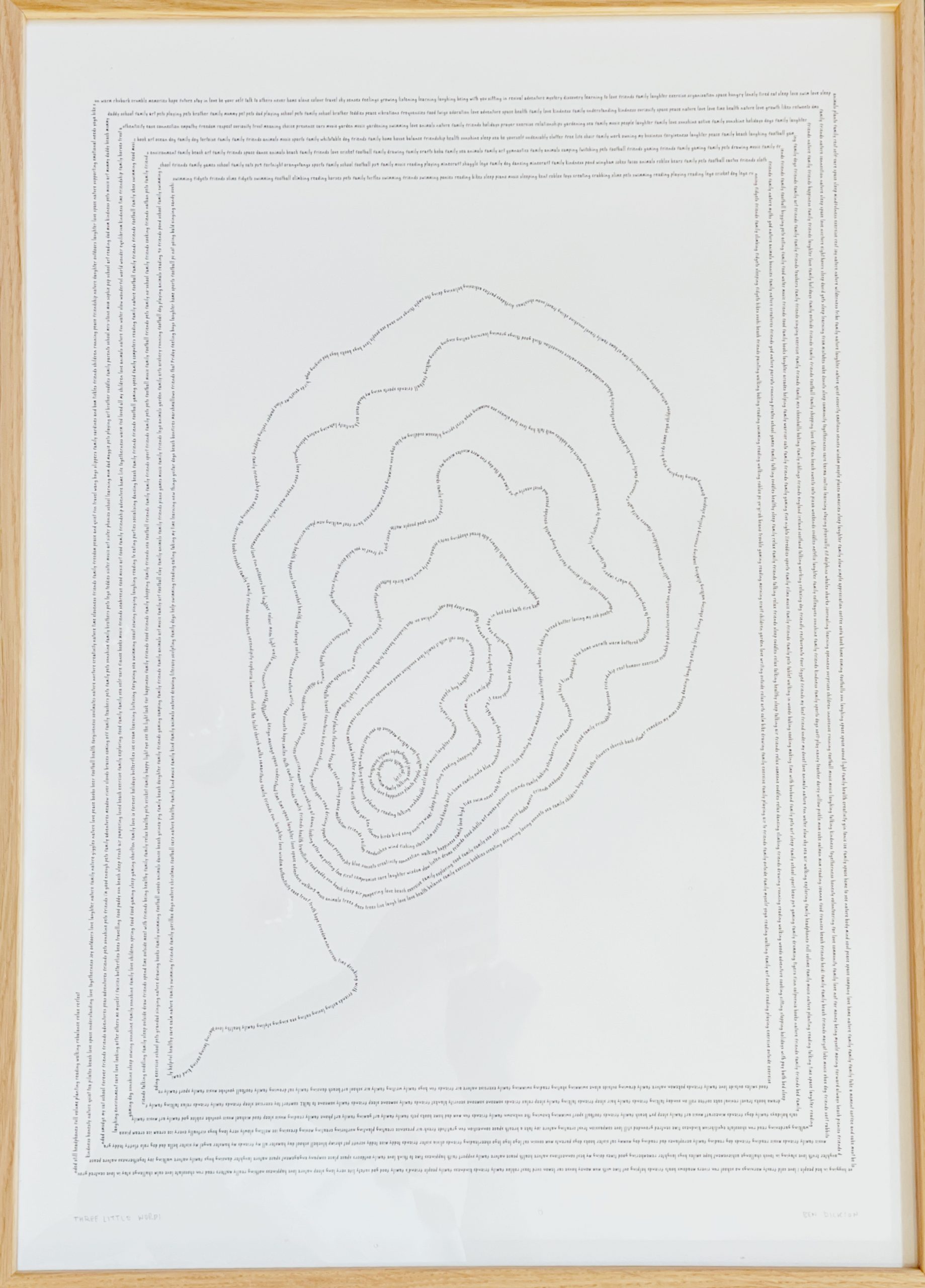
Revival Community Quilt: A Stitch Together
Revival Community Jubilee Quilt project led by artist Nicole Bates
Funder: Arts Council England and administered by Kent Community Foundation
April 2021-June 2021
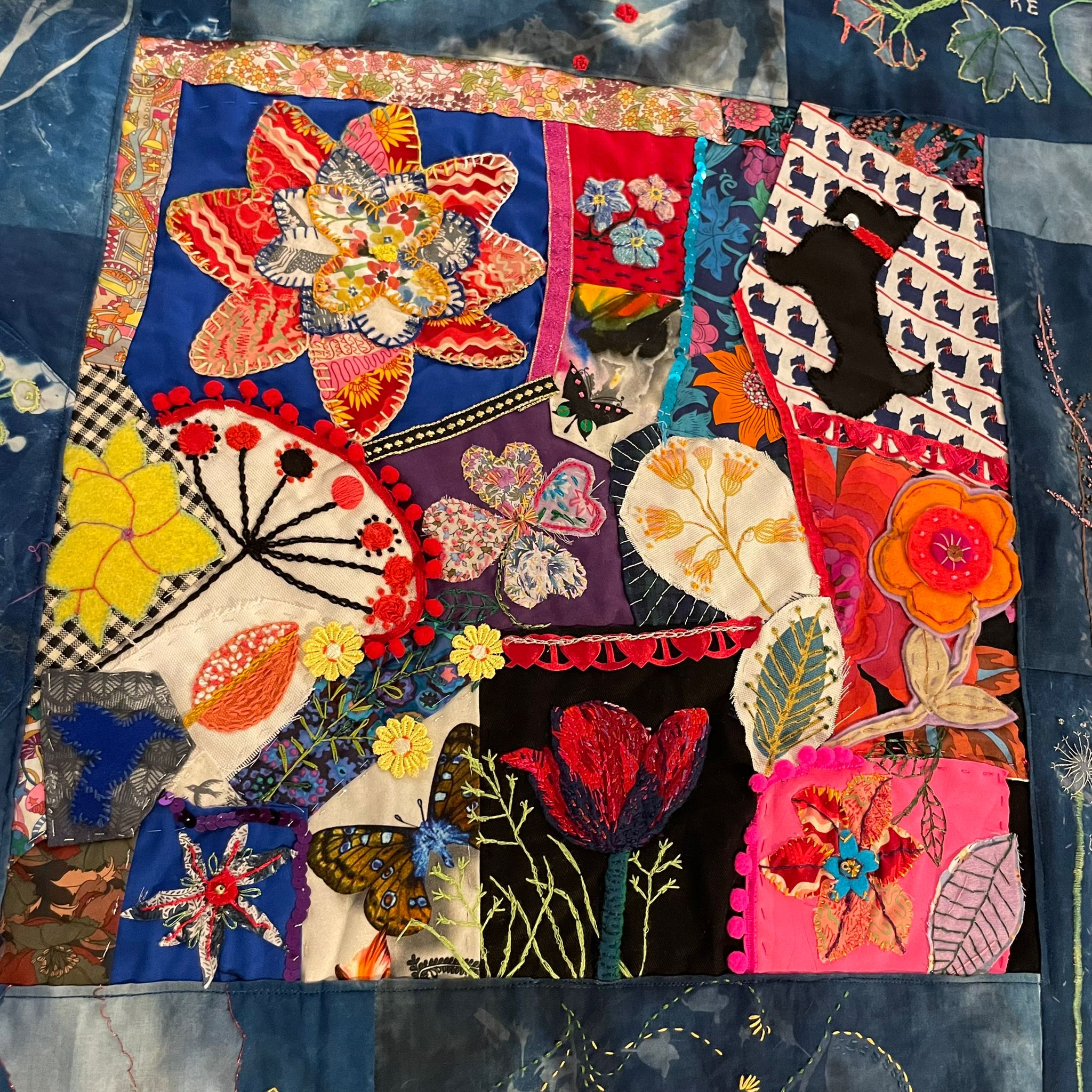
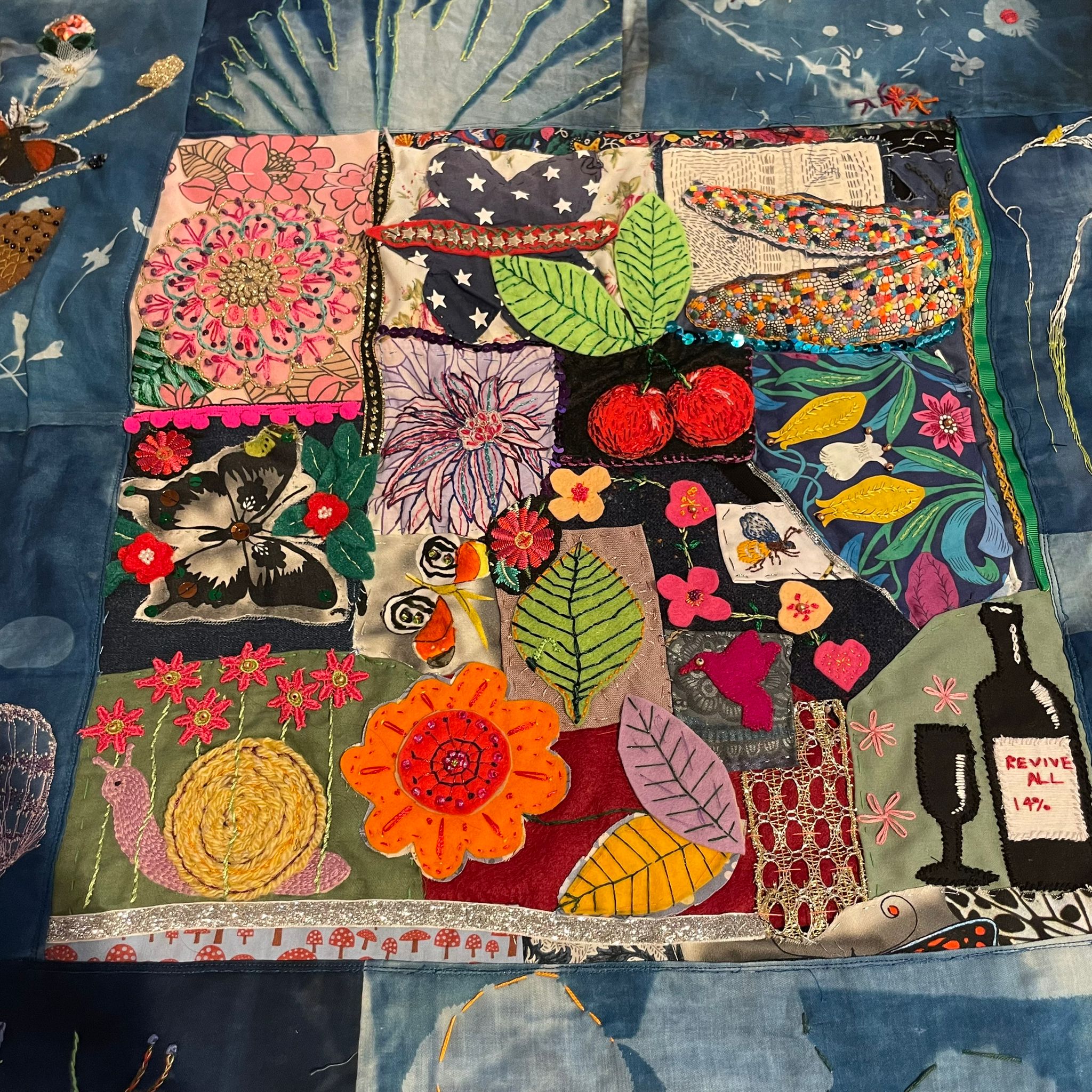
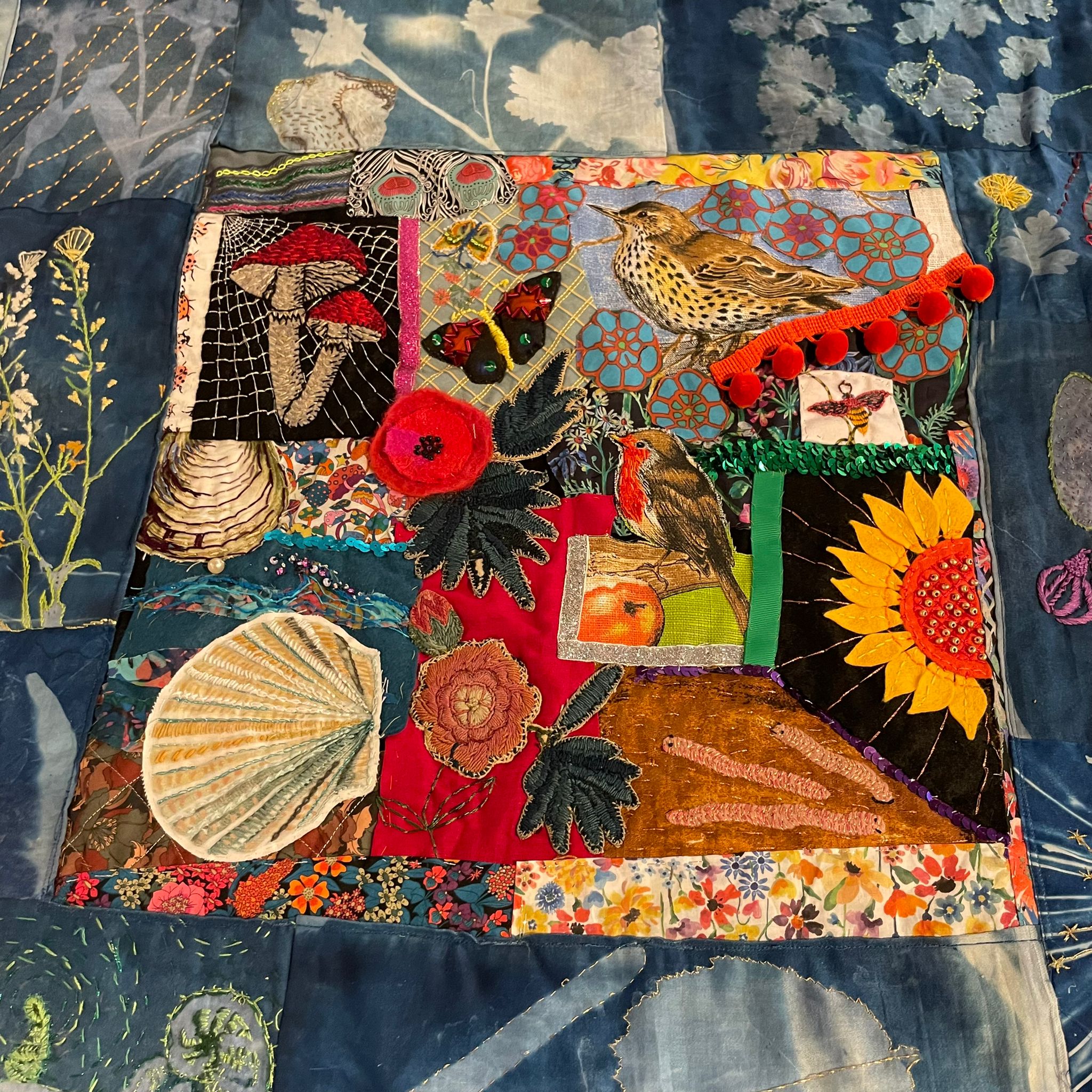
This project was part of the United Kingdom Jubilee celebrations and provided an opportunity to bring people together post COVID19 pandemic at a time when physical contact had been limited, in a positive and purposeful way, actively sharing skills, stories and improving mental health and wellbeing. The impact and outcomes of the project went far beyond our expectations with a lasting legacy of community connection, collaboration and creative skills.
Historically, quilts have always been the masterpieces of community collaboration, created for welcoming a new baby, a wedding gift or for an important celebration of some kind. Our project harnessed the fundamental need for connection, for togetherness, and demonstrated the benefits of being part of a joint endeavour and how community means more now than ever before.
The project design was specifically intergenerational bringing generations and the community together to work on a multi-material textile mural, sharing skills, experience, knowledge and conversation, with a focus on, and celebrating, achievements from the last 70 years and looking ahead to the next 70 years.
There are four central crazy quilt sections designed by Artist Nicole Bates and provided by participants to reflect community, personal achievements, wellbeing, friendship, gratitude or hope. The main body of the quilt is a mix of free pieces and some more specifically curated pieces created by participants who were unable able to attend workshops in person. These curated pieces included contributions from local residential homes, schools, and from within the Revival mental wellbeing group network.
Positive partnerships:
Many hands came together to create the Revival Community Quilt, the largest sections were created from the nature inspired cyanotype prints made at workshops with Nicole and local schools, with over 150 children contributing.
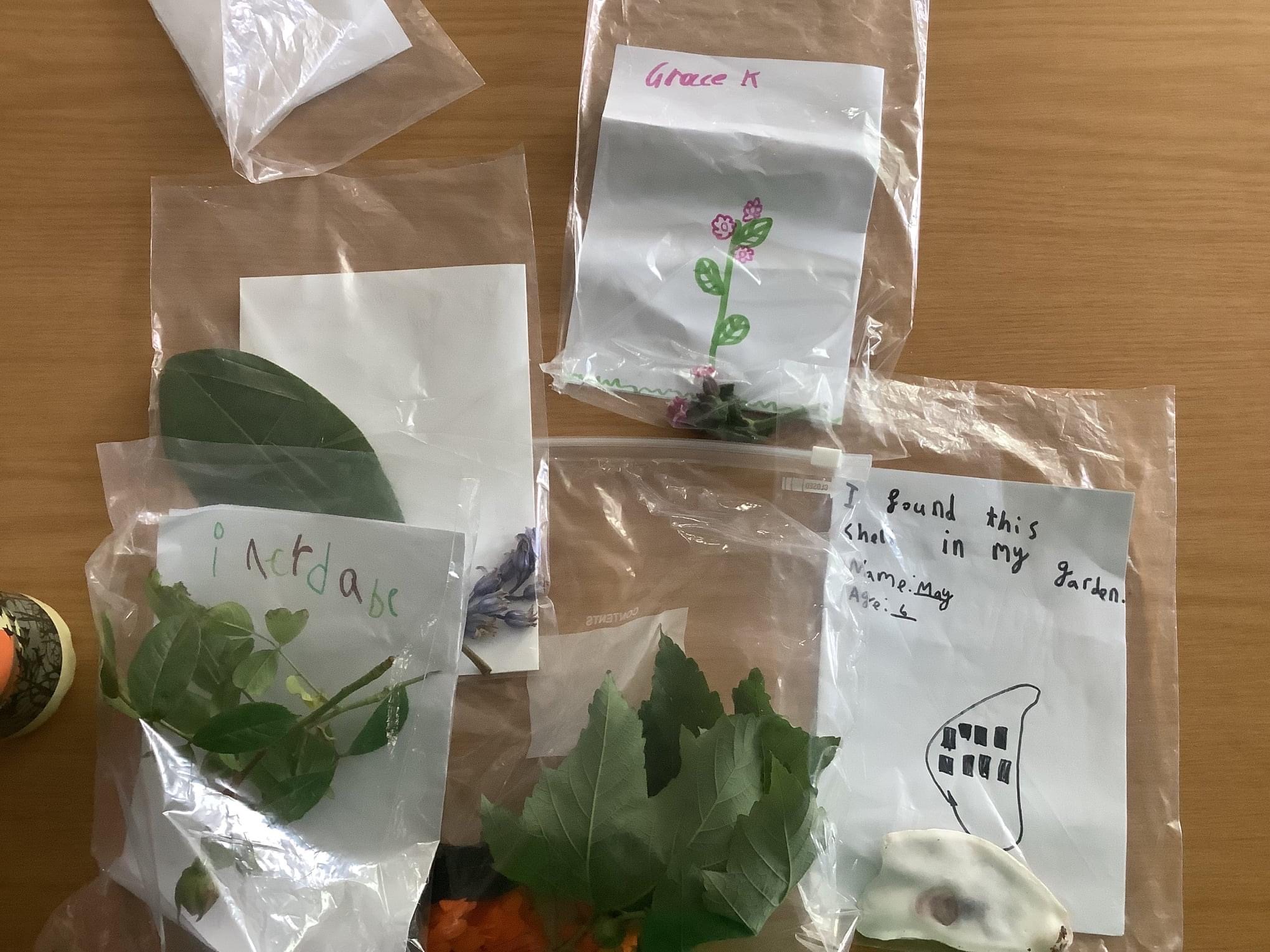
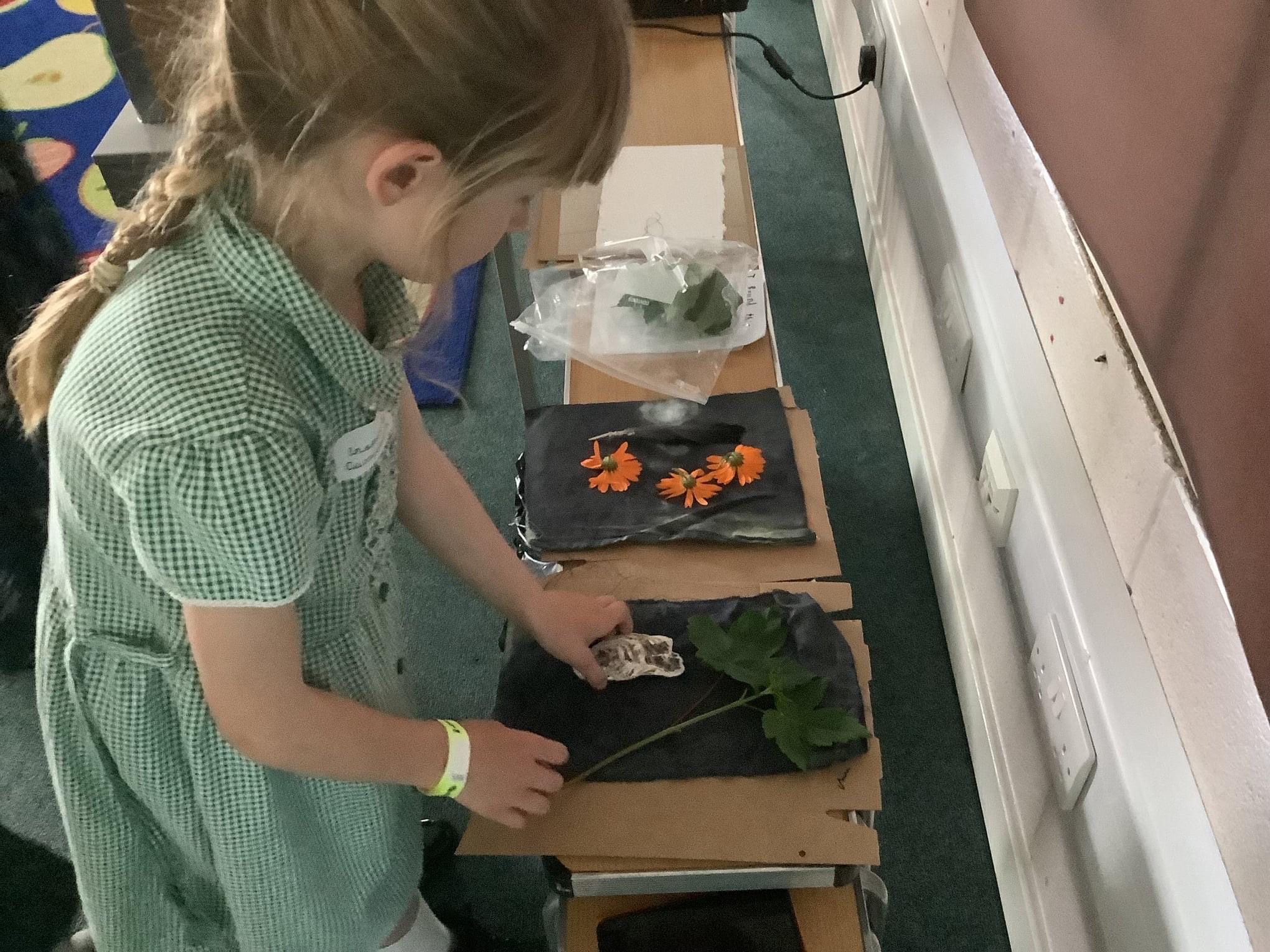
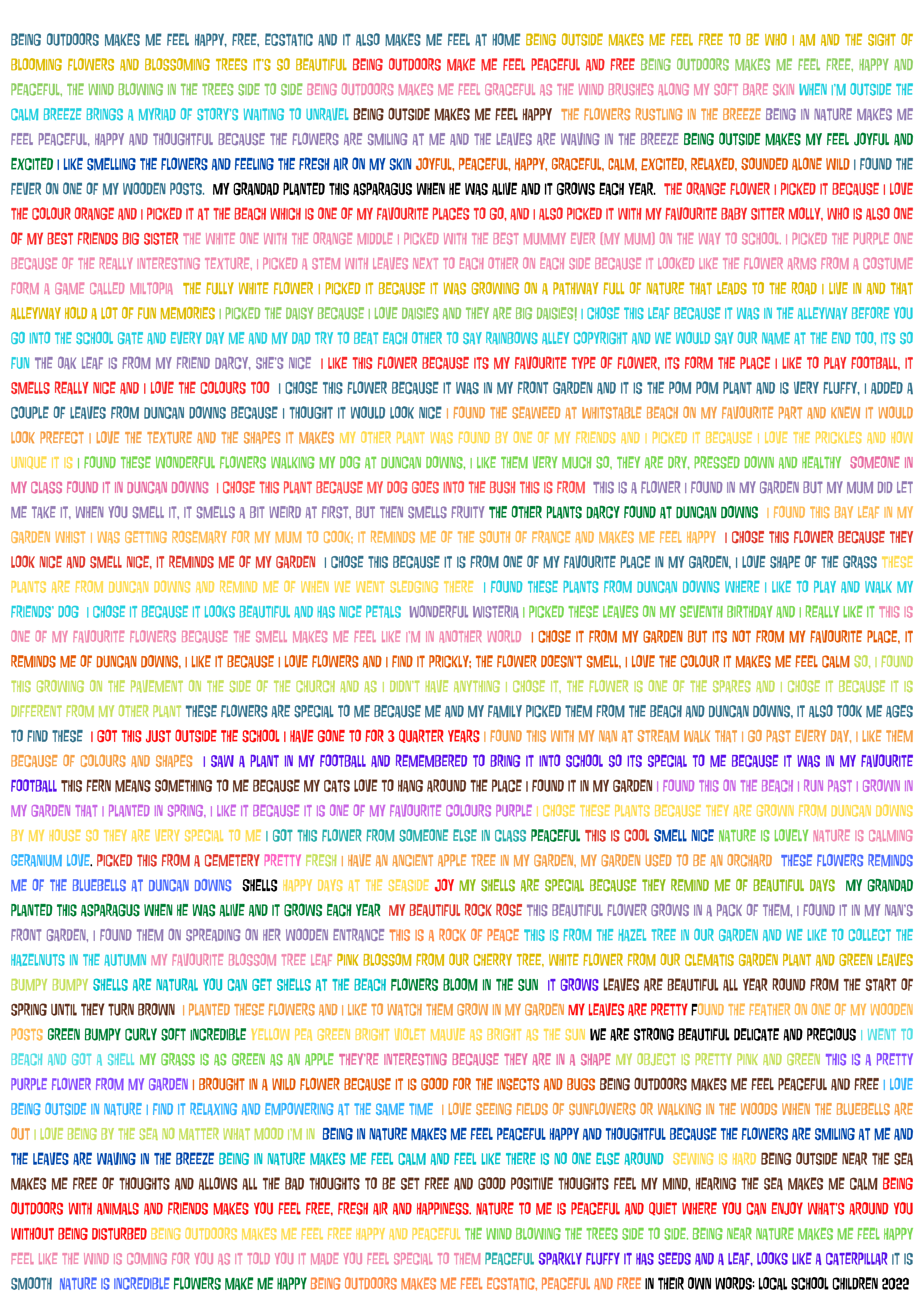
These were then embroidered over by older generations either during workshop sessions (60 attendees) or via at home packs (25 delivered and collected), they were also given the words used by the children to express why their chosen items were important to them. We were able to record the thoughts and feelings expressed by the children during these sessions and created a colourful artwork with their words.
The project led to a really positive partnership with one particular infant school, St Alphege, Whitstable, and we worked closely with the arts coordinator to ensure every child in the school contributed. The children were able to see their work at the exhibition (40 children attended in groups of 8) and also as part of their whole school art week exhibition upon the request of the school so that the parents could also view the quilt.
The project coordinator and wellbeing group facilitator also attended special school assemblies where we exhibited the quilt in a question-and-answer session with 90 children across all three schools, and the children could see the finished product up close, find their words in the special collection book or in the artwork, or see themselves in the photographic record taken throughout the process.
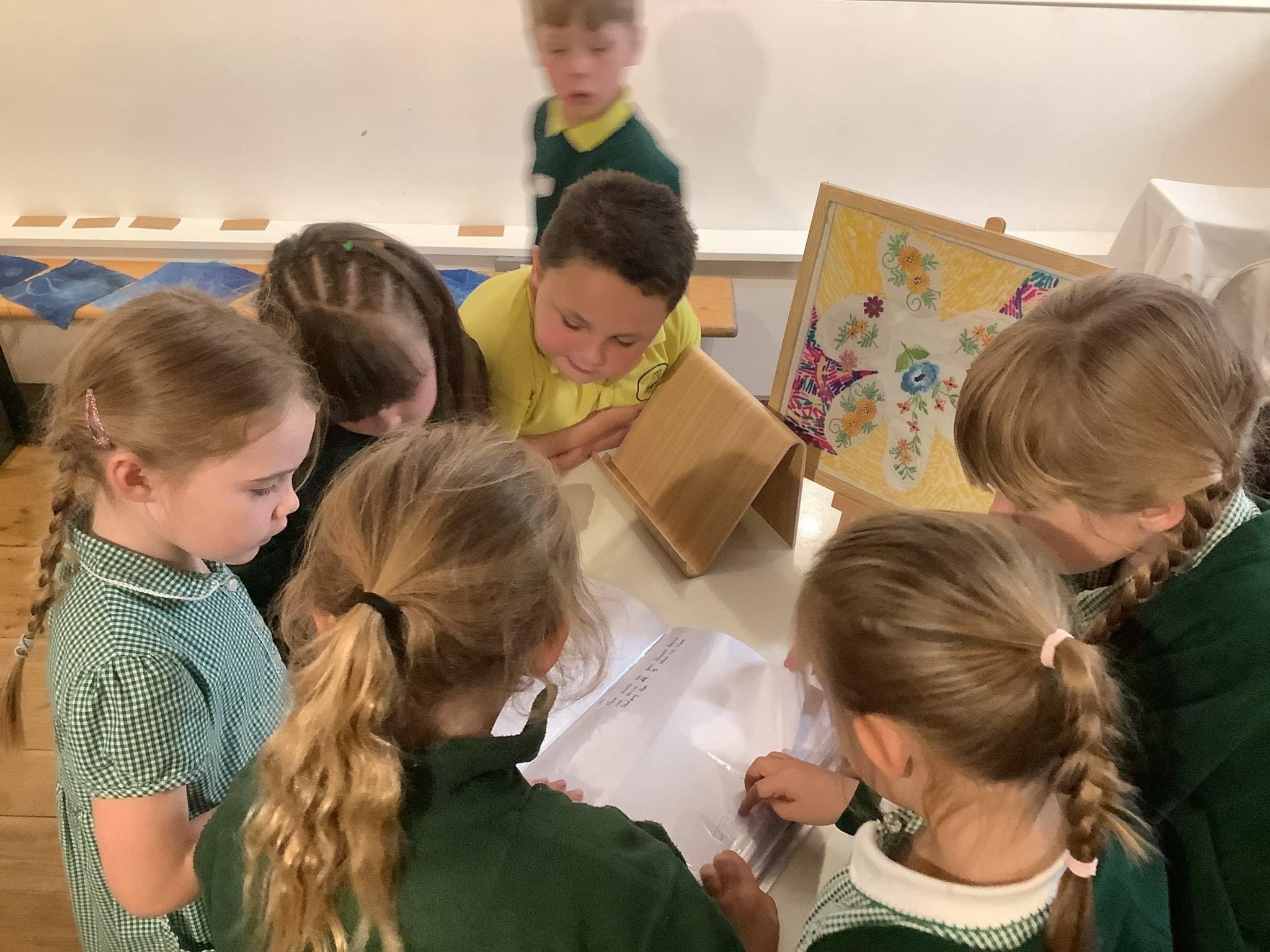
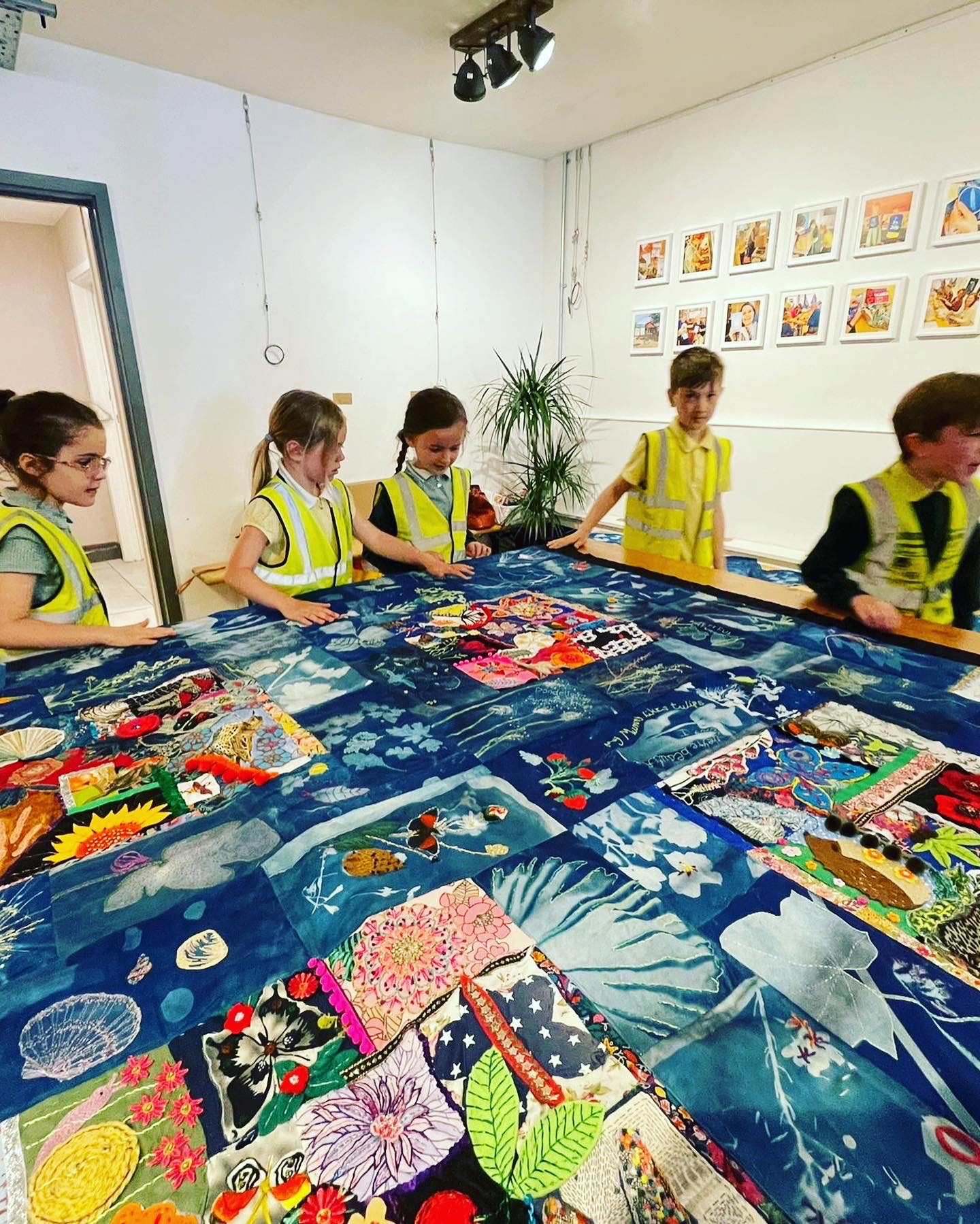
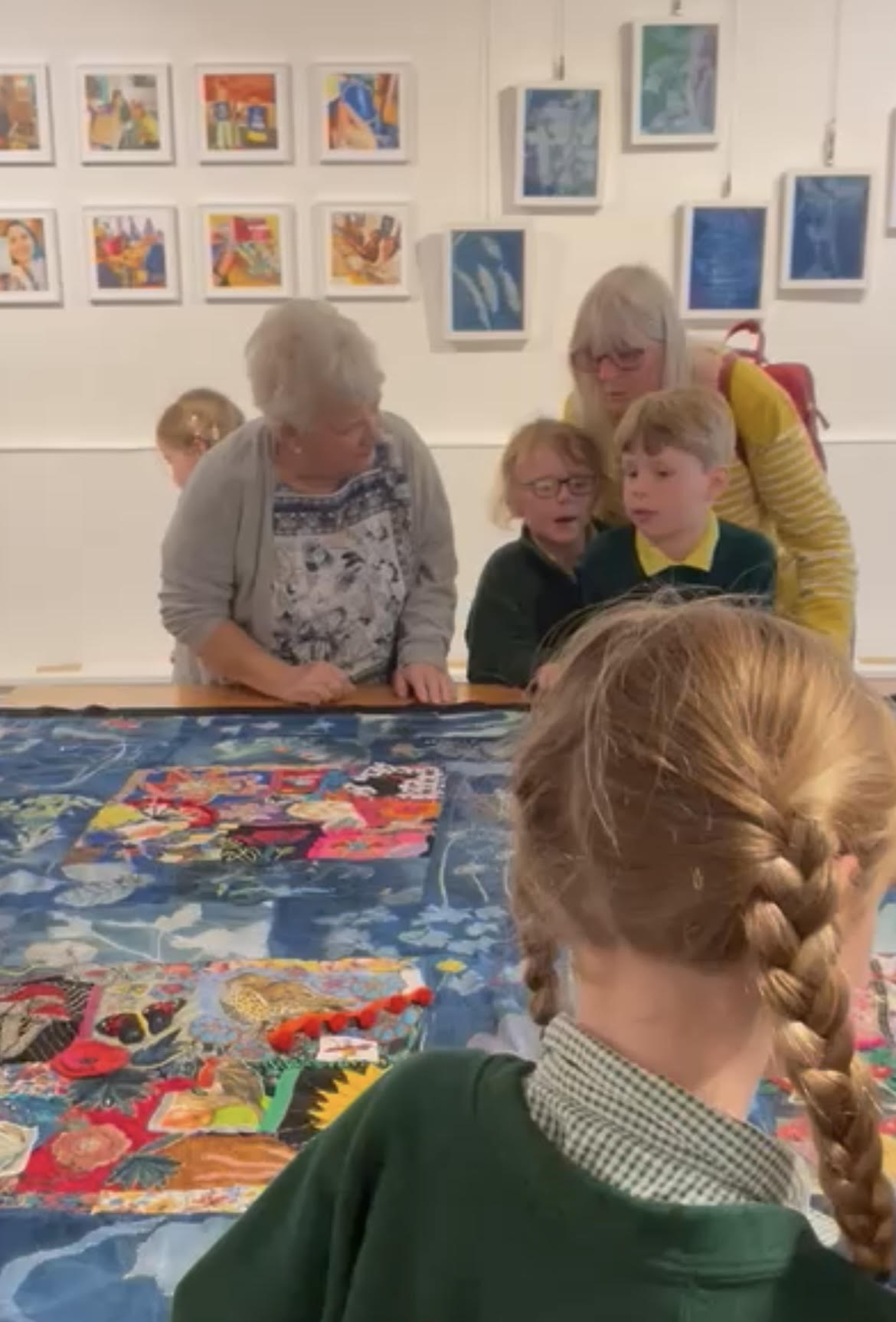
It was a particularly special moment during the exhibition to witness a conversation had between one of the elderly participants and a school child as they explored the quilt together and realised that their pieces were one in the same with the young boy’s cyanotype print forming the basis of her embroidery, a magical moment.
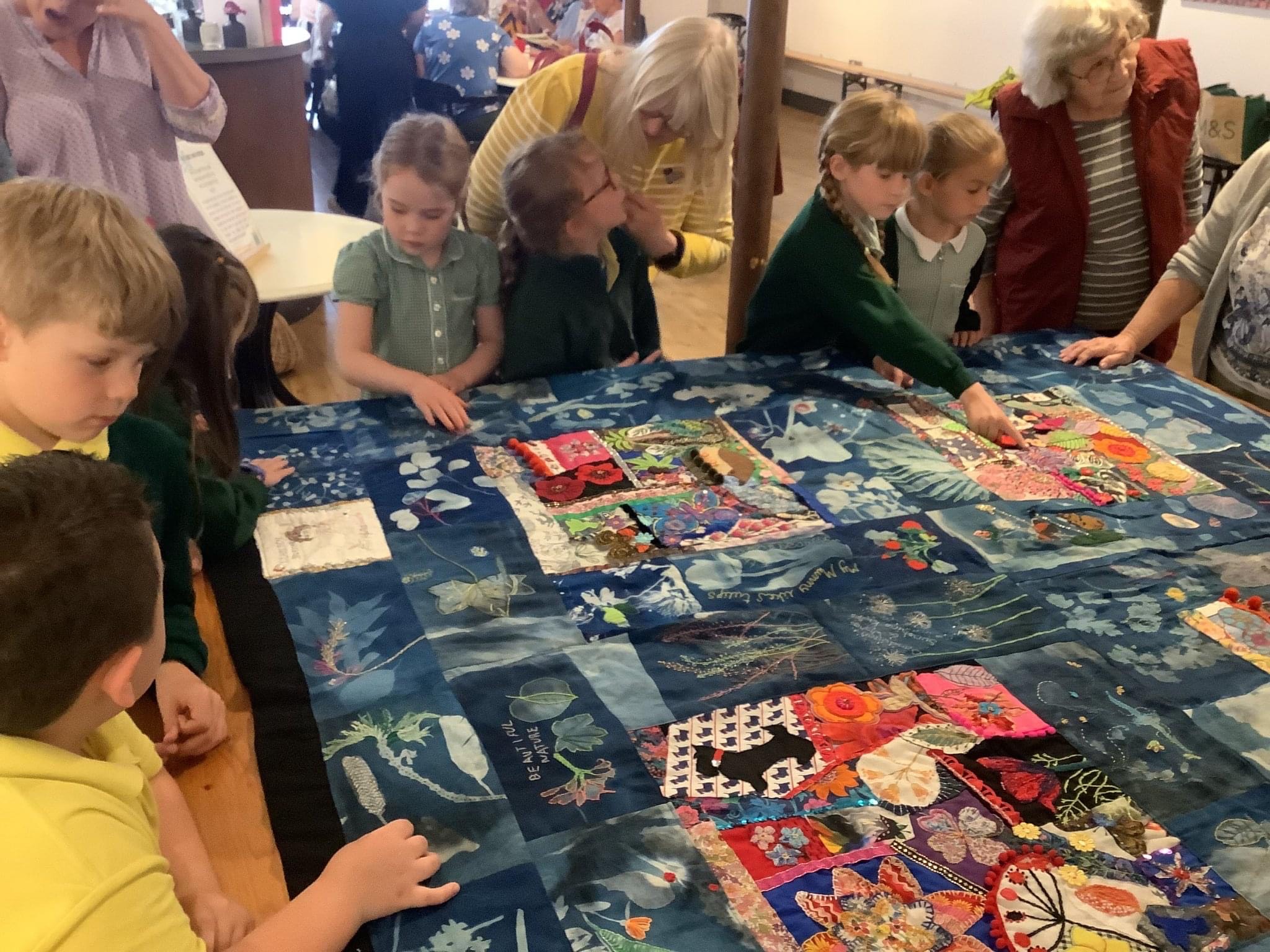
The school has expressed a keen interest in working with Revival again on future projects, they fed-back that the children had engaged positively and really benefited from seeing their work in the exhibition in its completed form as it helped them see their work had purpose and feel part of the wider community and art project.
They reported one particular case study: A young boy had chosen to bring in asparagus stems for his cyanotype print, when talking about his reasons for his choice and why they were important to him he explained that he had planted them from seed with his Grandad, with whom he was particularly close. He said that his Grandad has passed away but the asparagus grows each year and reminds him of the time they spent together and now his Grandad could be part of the community quilt.Having seen the written piece by this child when we were collating children’s words for the special book and artwork, it was particularly rewarding to meet and chat with him at the exhibition and see his final piece on the quilt.
The project had allowed him to explore his feelings of loss and find a new way to maintain his connection with his Grandad.
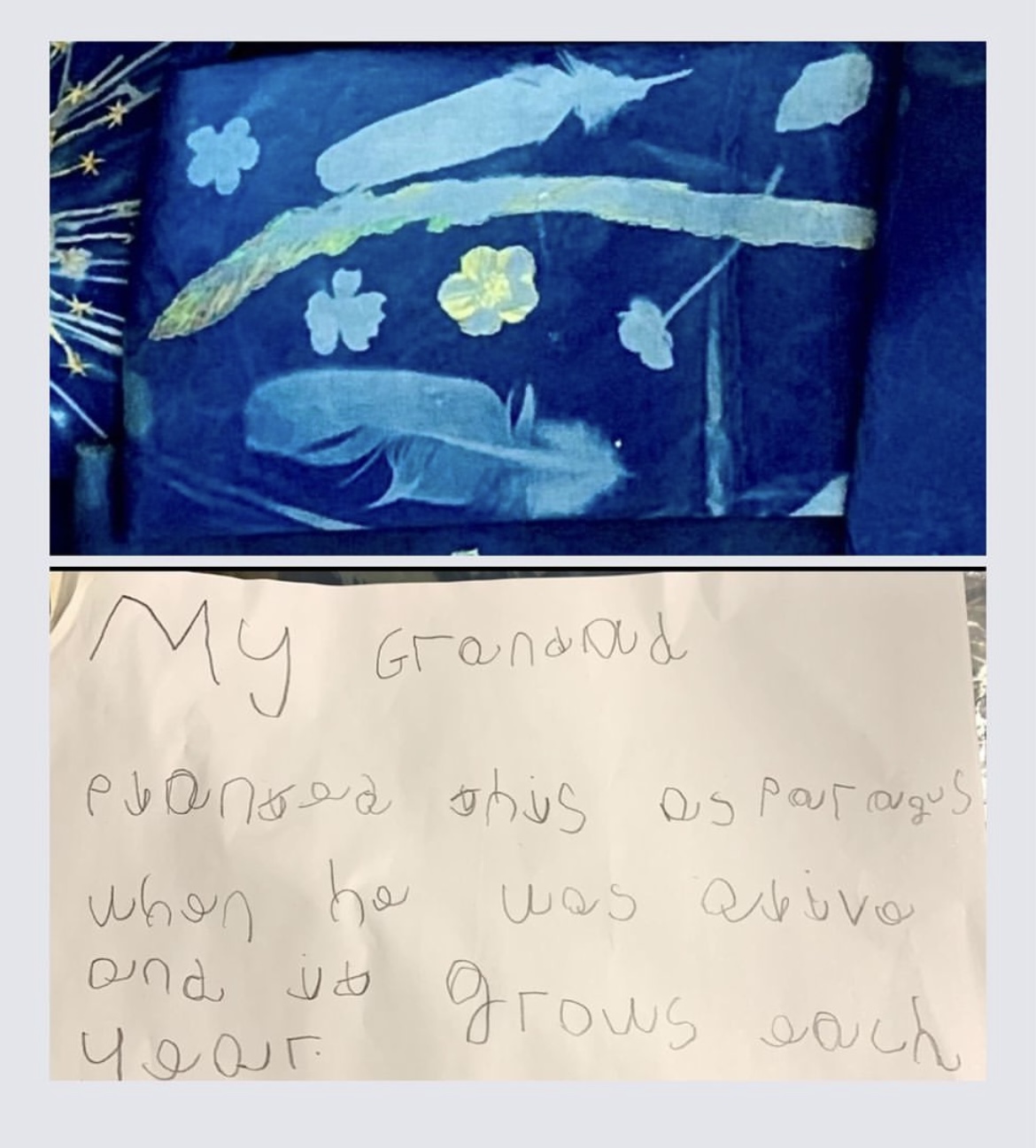
Beyond our expectations:
An important aspect of the project was the opportunity for social prescribing for wellbeing and connection, if required participants would be able to be signposted via Revival’s wellbeing social prescriber to social or support groups and activities to improve and build on their connectedness and wellbeing. The project was open to everyone and whilst we had shared it extensively throughout our networks, we were not aware who would actually attend. We were delighted to have a very diverse demographic attend across the life of the project, the adult age range was 30-80yrs, we had participants that also attended our peer support groups, referrals from the local medical practice social prescribing, those that had heard via social media, word of mouth or via our artist partner Nicole Bates. However, it became very clear from the start that all participants had one thing in common, the need for social connection and to have their story heard.
There were so many stories woven throughout the quilt, we will share just two examples. One participant, a lady in her 60’s had heard about the quilt via a friend, she attended on the second week bringing a delicate lace handkerchief with her, it had belonged to her mother who had sadly passed away the week previously, her mother was in her nineties and a well-known local figure having lived and owned her jewellery business in the town all her life. Her daughter wanted her handkerchief to be part of the community quilt as her mother was so connected to the Whitstable community. The participant attended all the workshops and used the time to talk about her mother and sense of loss and pride she had in her mother’s achievements, she embroidering a picture of her mother onto the handkerchief and embellishing the lace design, it sits beautifully in its own place at the top right-hand corner of the quilt, forever part of the community.
Our second story was very similar, a participant had attended the group with a large section of material that she said was part of her mother’s favourite dress, her mother had recently passed away and she too wanted her to be part of the community quilt. Her mother had loved to make clothes and was a keen stitcher so it was fitting that her dress and story became part of the quilt. The material was used for create different shapes and pieces for one of the final crazy quilt squares.
The interaction between people during the workshops was very positive, the group facilitator noticed that when participants were engaged in the activity and their eyes and hands were busy, they were more likely to chat with each other and her. This led to many frank and honest conversations and friendships being formed. The wellbeing facilitator was also able to signpost participants to other local groups and support where appropriate, and local social networks and connections were made and accessed and self-reporting of an improved sense of wellbeing was a regular occurrence, and evidenced in our feedback survey, more than 90% of attendees said that they felt calmer, happier and had really enjoyed re-connecting with others after being at home for so long due to COVID19, with more than 50% saying they were continuing to sew and embroider at home as a tool to help them relax, and would really like the group to continue in some format.
Feedback also included reports of beneficiaries experiencing a sense of belonging, a reduction in isolation, improvements to feelings of stress and anxiety, and gratitude for a space where they felt connected, accepted and not judged, a place where people could talk easily whilst getting creative and also be signposted to groups they had not known existed in their own community.
“I look forward to these weekly workshops because I am learning something new and have now found something I can continue to do at home to relieve my stress”
The positive feedback from participants and staff alike has been so uplifting and affirming, providing the motivation to try and maintain a group activity session. Revival is therefore facilitating a new group – Make Mend & Motivate and we were able to offer a volunteer role to a project participant who is an expert in embroidery, knitting and crocheting. Although the group is currently run on a voluntary basis it something that we will try and obtain funding for to be able to continue sustainably.
The French Connection:
We were invited to exhibit the quilt to visitors from the Whitstable Twin Town in Dainville as part of the Jubilee celebrations in the town. The delegation numbered approximately 30, we spoke about the rationale for the project, the impact it had had on participants and Nicole spoke about the creative process. We then had a short question and answer session. One visitor (Valarie) worked in the Dainville town library and community centre and was particularly interested in the project, she was a keen embroiderer and was aware of the need for her community to come together after COVID and reconnect. We communicated with Valarie and the Chair of the Twinning Association for a few weeks after and in September 2022 a return visit was arranged for Revival to meet with Valarie to discuss a possible idea for a future project. The project coordinator and group facilitator were guests of the Twin Town Association on their subsequent visit to Dainville, the visit was very positive and we hope to devise a mutual project to connect our towns with Hands across the Border.
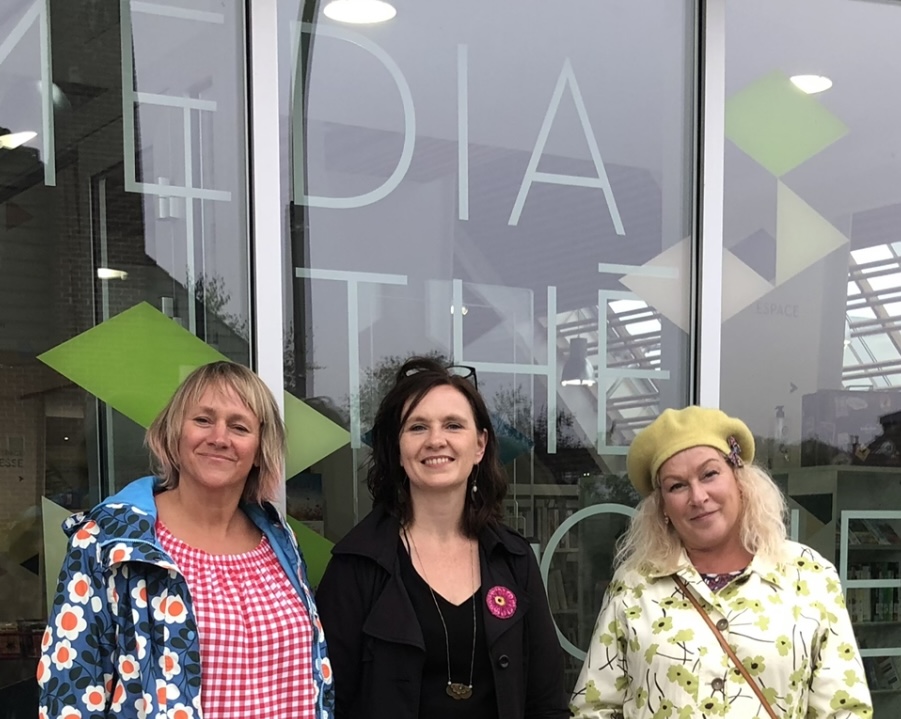
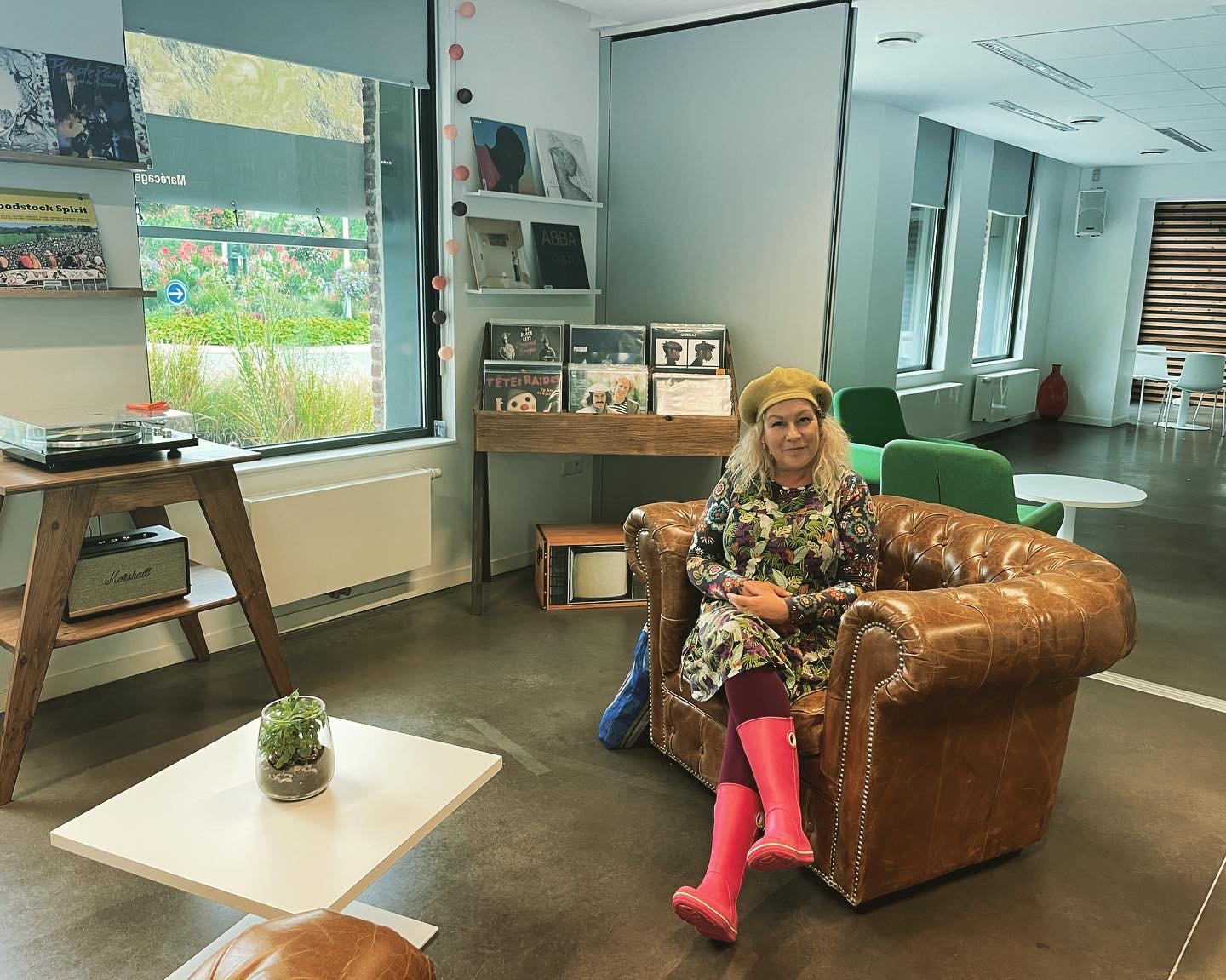
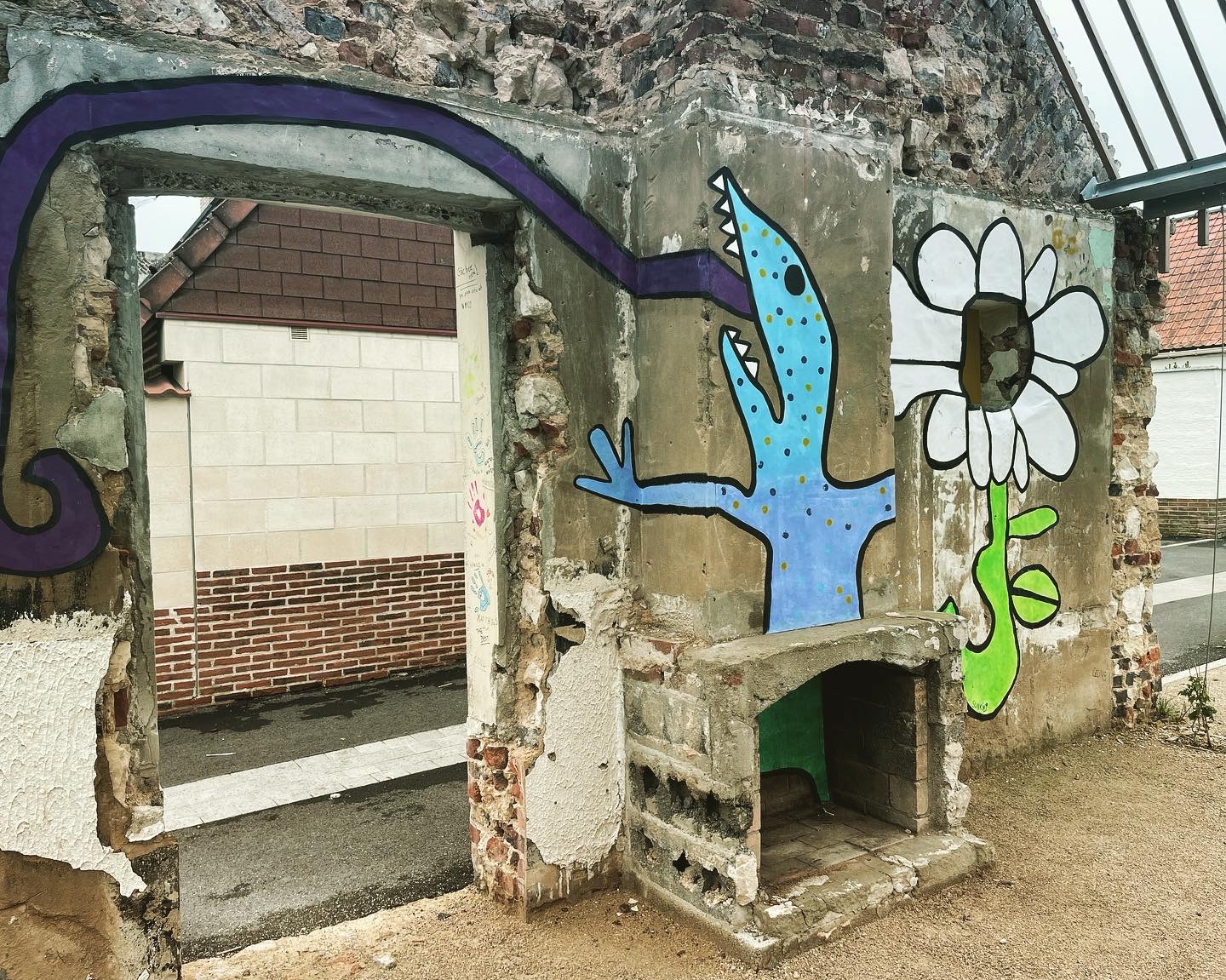
Case Study (1):
One beneficiary attended the group via a referral from Whitstable Medical Practice Social Prescribing for support with her severe anxiety. The group facilitator met her at the entrance and introduced herself, after a short conversation she felt able to walk in and sit with the group. At first, she was happy to just sit and observe, during a subsequent session she participated in sewing a section of the quilt, she was not however confident enough to have her hands visible due to her significant shaking, she therefore hid her hands under the table so as not to draw attention.
The trust between group members developed naturally, firstly sharing successes or asking for support with specific stitching or pattern ideas, later with the sharing of stories about why they were attending or how they may have been struggling since COVID19 and isolation. After 2 weeks of attending, the participant had gained enough confidence and trust in the group that she was happy show her hands despite her considerable shaking and engage in conversation and forming connections within the group.
After discussion with the group facilitator/wellbeing social prescriber the participant expressed an interest in attending another Revival peer support group, as she had expressed an interest in being outdoors and active, she was signposted to our Sunday Wellbeing Walk. She attended that group the following week; it was a special ‘Be our Guest’ session with a group leader from another wellbeing service in Herne Bay. Upon request she was introduced to the guest leader and they discussed a walking group in Herne Bay that he facilitated on a week day and closer to where she lived. The participant began attending these walks. From attending this group, she was introduced to her local community garden and the community activities they provided and she has become a regular attendee. The participant formed good friendships within these groups and has attended our Wellbeing Walks with them, many of whom have remained as part of our walks and also now attend our peer support groups. This participant has self-declared a significant improvement in her confidence and wellbeing, she has increased her knowledge and access to local support and social networks and has also boosted her wellbeing through helping people she has met in other groups.
Case Study (1):
Another beneficiary who attended the workshop was a keen dressmaker and after conversations with our wellbeing facilitator and social prescriber she was signposted to someone with a connection to the Whitstable Carnival committee who were looking for people to support their costume design and repair volunteers. This resulted in the beneficiary being connected to someone who was on the Carnival Committee and she went on to volunteer her services on the day of the Whitstable Carnival. She fed-back that she had thoroughly enjoyed the day and this had given her the confidence to explore volunteering on other community projects or opportunities.
We are particularly grateful to Nicole Bates for her expertise, creativity and the time and energy it has taken to bring all the parts of the project together and ensure it was complete and secure. We also thank everyone who took part in the project to create this wonderful piece of art. We would also like to thank our Funders, The Arts Council England and fund administrators, The Kent Community Foundation for the funds to make it happen.

